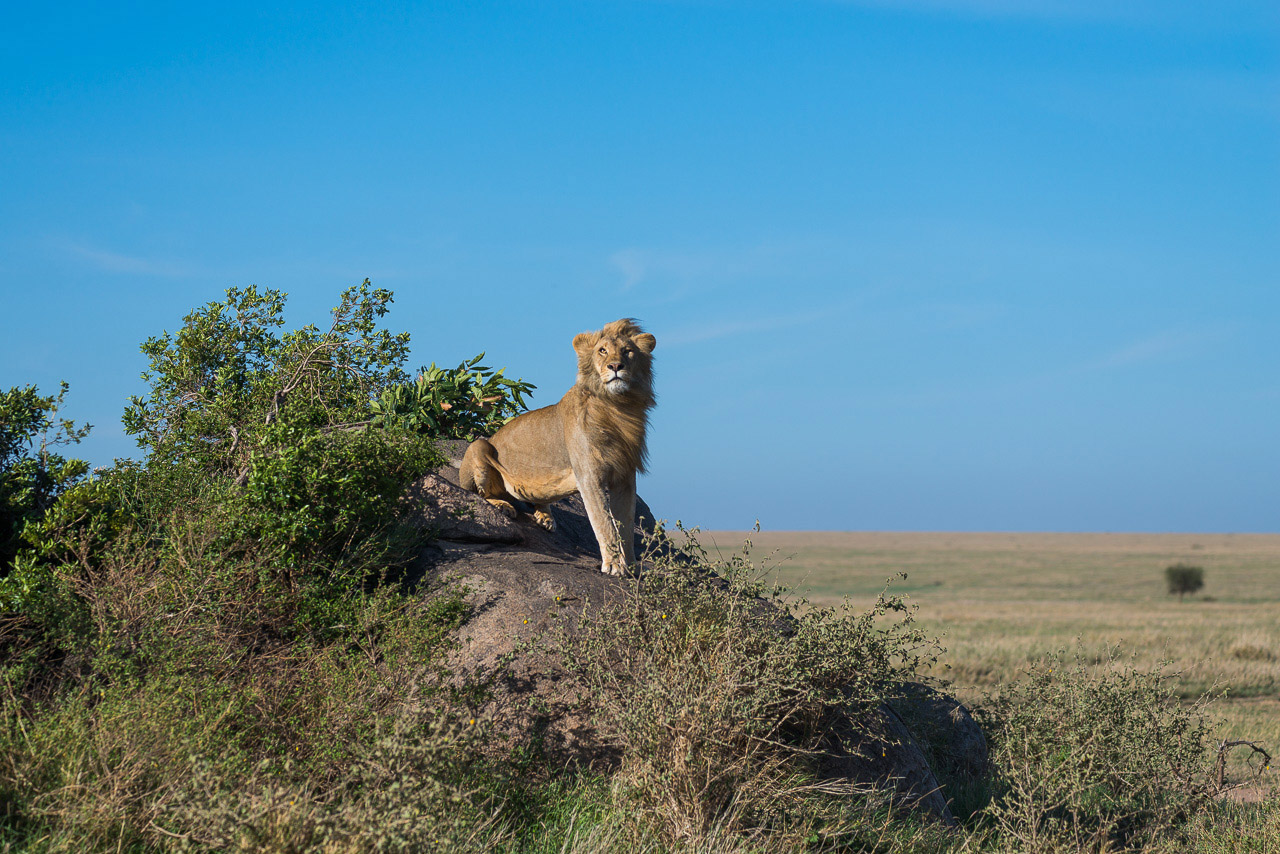

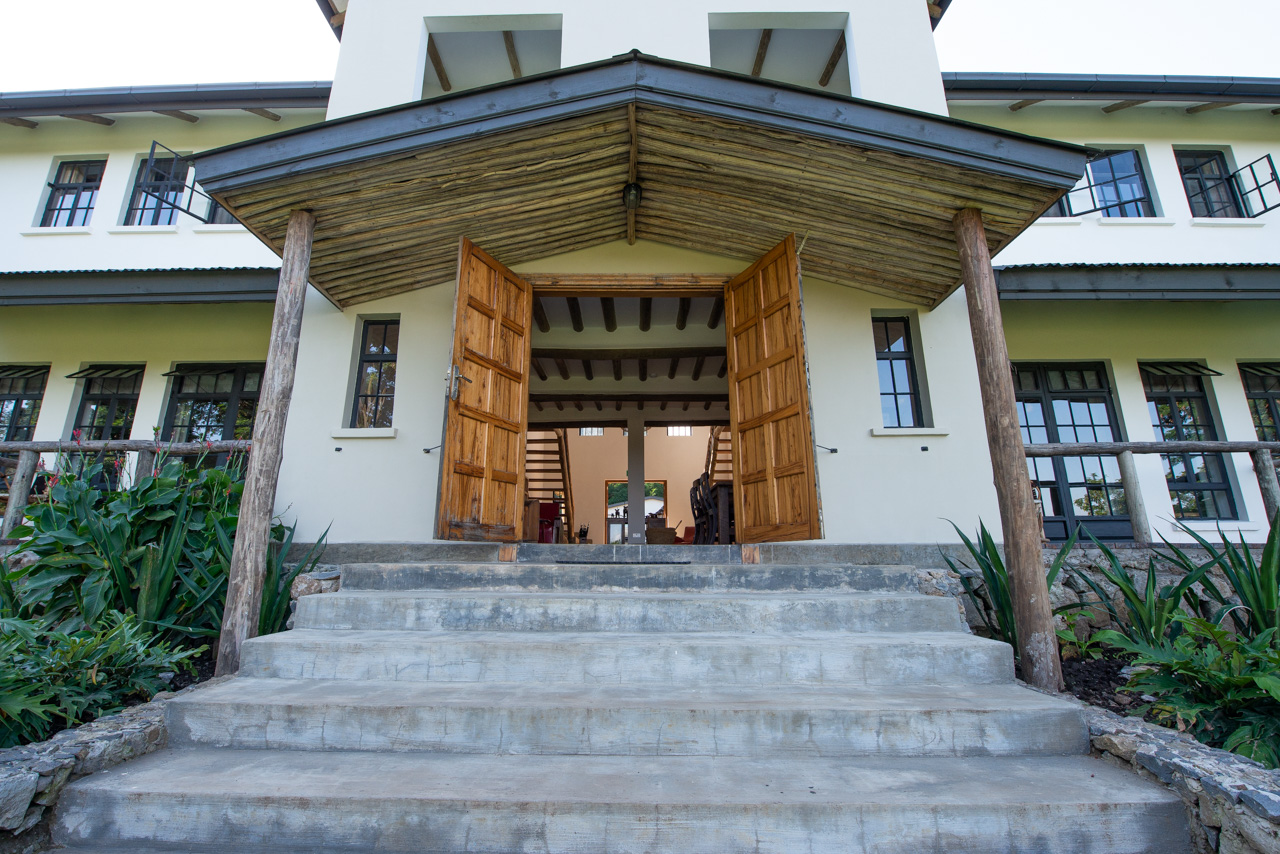
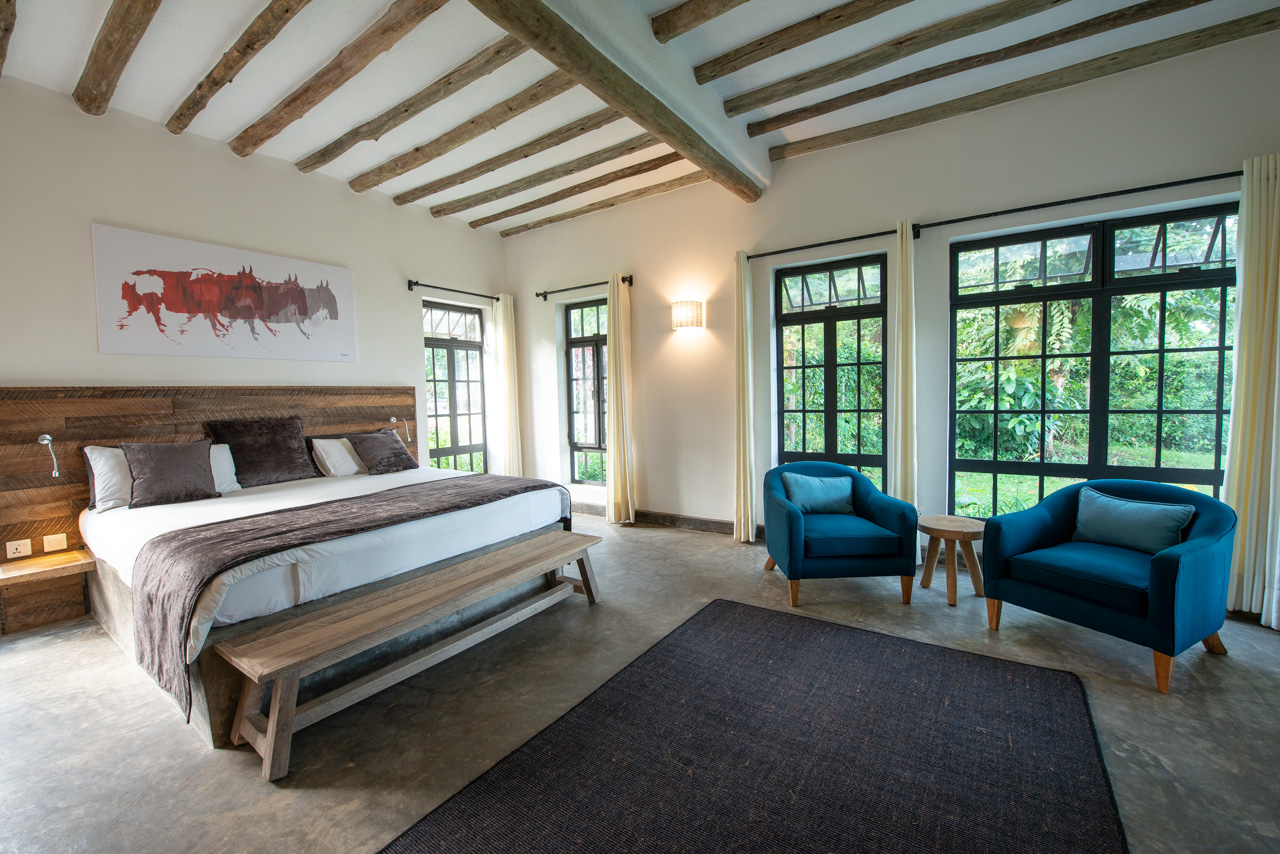
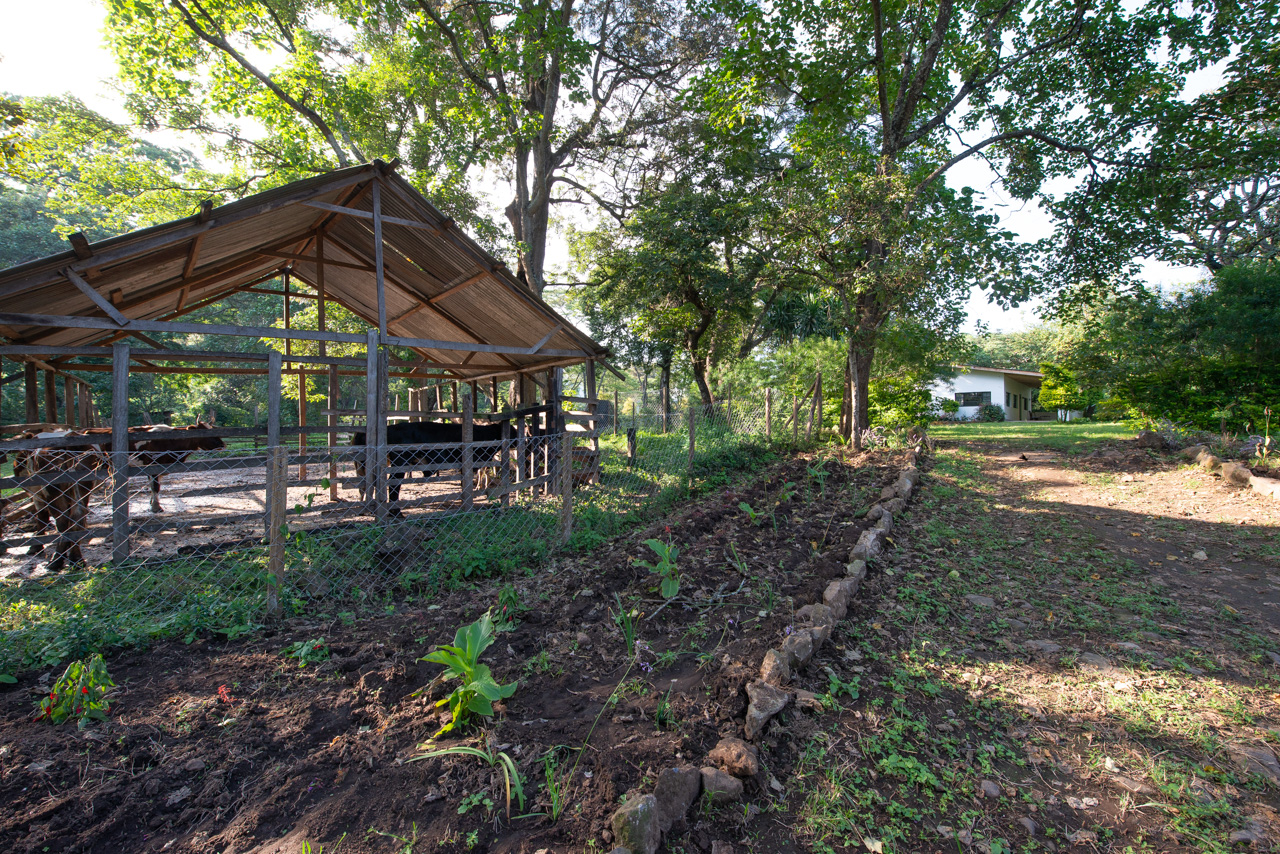
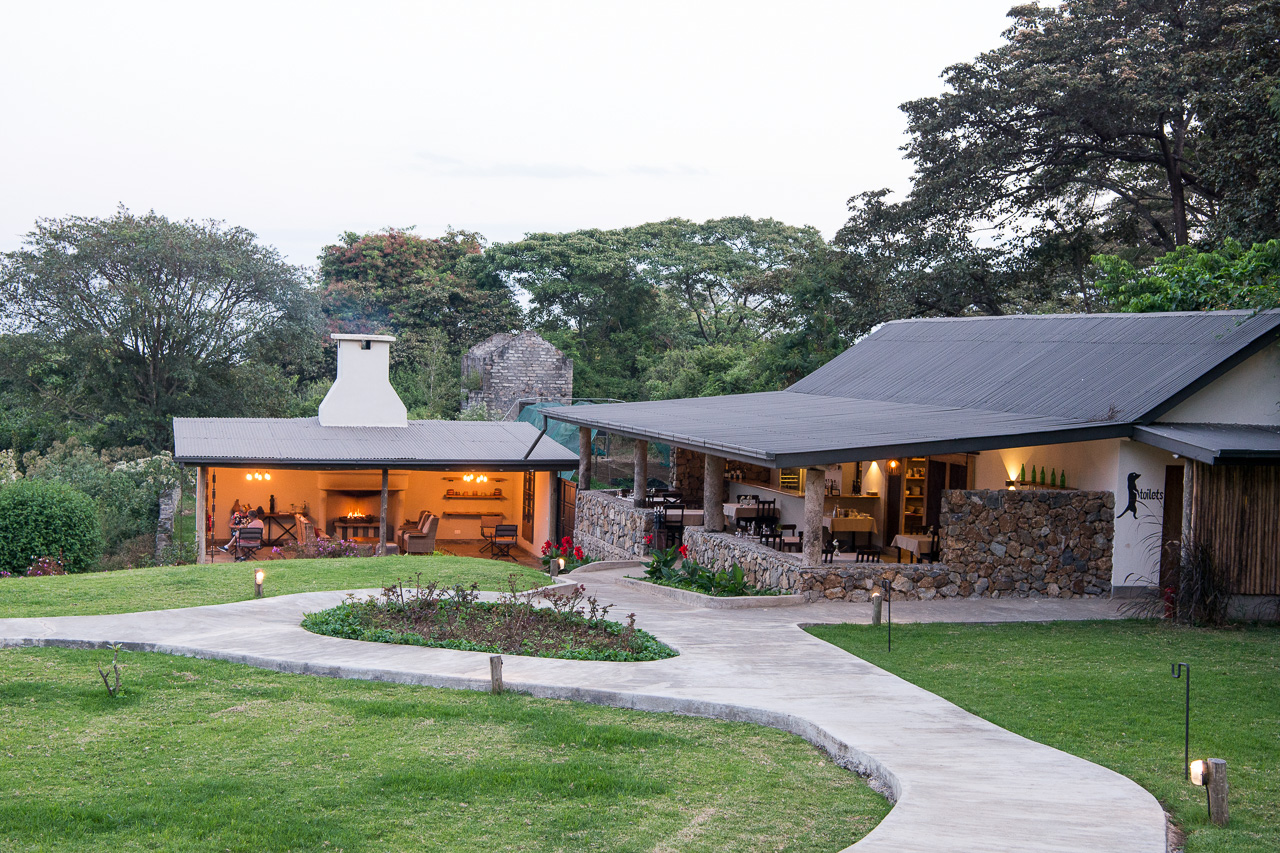
Accommodation
The six luxurious rooms and two family rooms of the Arusha Villa are set in a beautiful garden with Mount Meru and Mount Kilimanjaro in the background. The spacious rooms have en-suite bathrooms, king-size beds, a sitting area and a private balcony or terrace.
Arusha Villa was originally a coffee roastery. In the garden elements from this time are still recognizable, for example around the pool, where in earlier days the coffee beans were washed. The beautiful garden overlooking the countryside invites you to rest in the sun. With a little luck, you‘ll even spot a Colobus Monkey in the treetops.
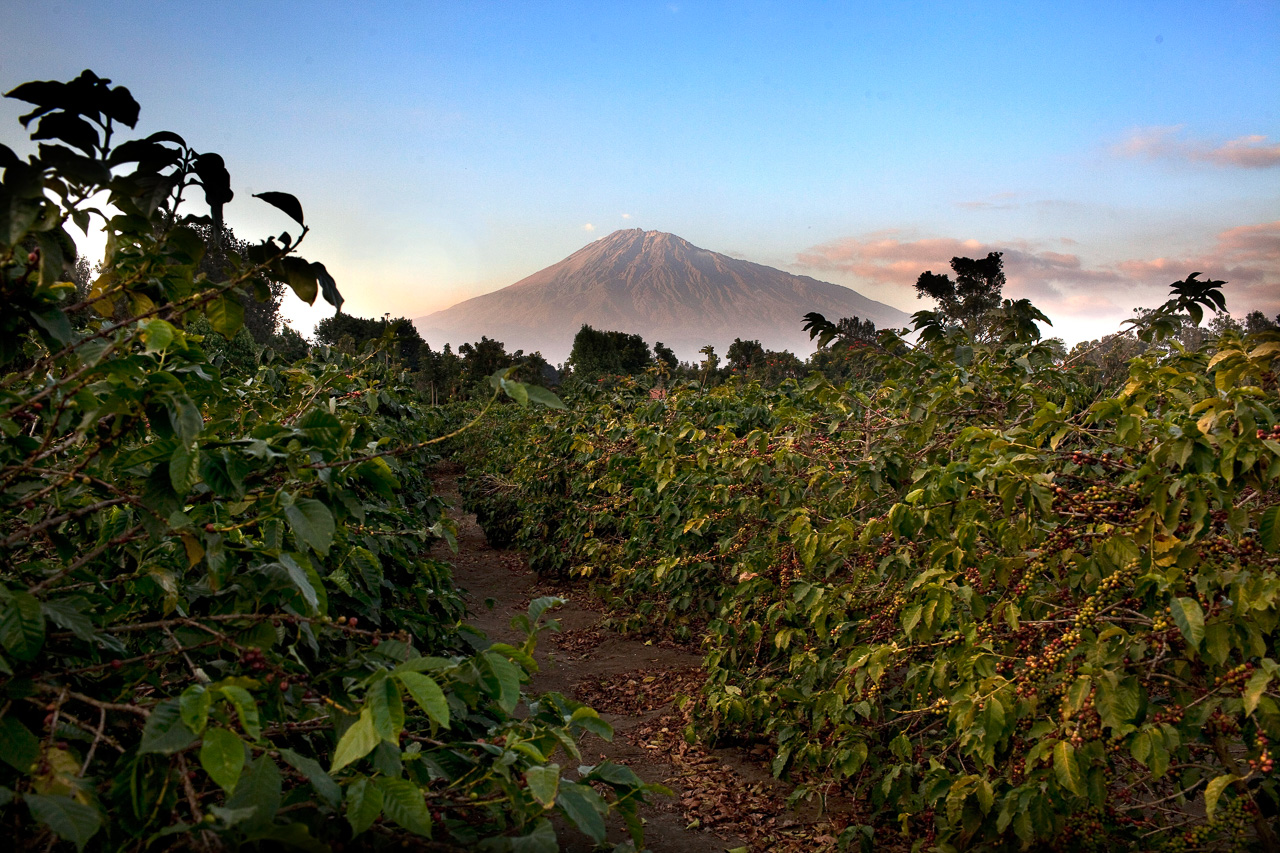
Most visitors spend one night here after arriving on their international flight before beginning their safari the next day. Kilimanjaro International Airport is located approximately one hours’ drive from Arusha on the road cmoing in from Moshi.
Arusha's most famous landmark is Mount Meru, a dormant volcano that rises more than 4,500 m out of the ground in the west. The Ngurdoto Crater is located on the other side of the park, and the Momella Lakes sit between.
Arusha itself has grown considerably in recent years and there are probably around 650,000 people living in the city. The population has increased tenfold since the 1970s! In addition to tourism, Arusha lives from the trade in coffee and agricultural products and also increasingly from the export of cut flowers. Arusha lies at an altitude of 1,400 meters above sea level and the climate is quite pleasant with an average temperature of around 25° Celsius.
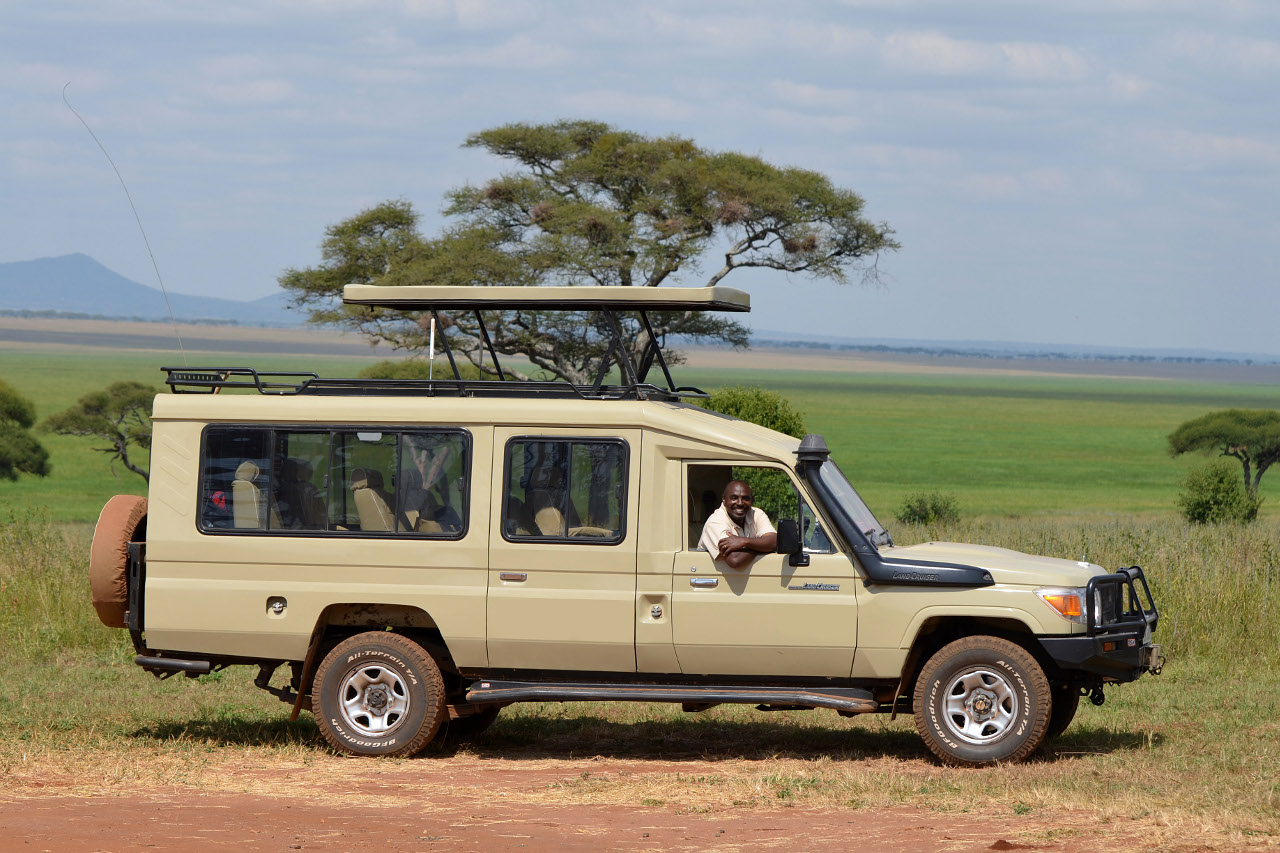
The comfortable Toyota LandCruiser 4 x 4 vehicles usually have six seats, a fridge with drinking water and a socket for charging camera equipment. The roof can be opened for game viewing - the classic safari in Tanzania.

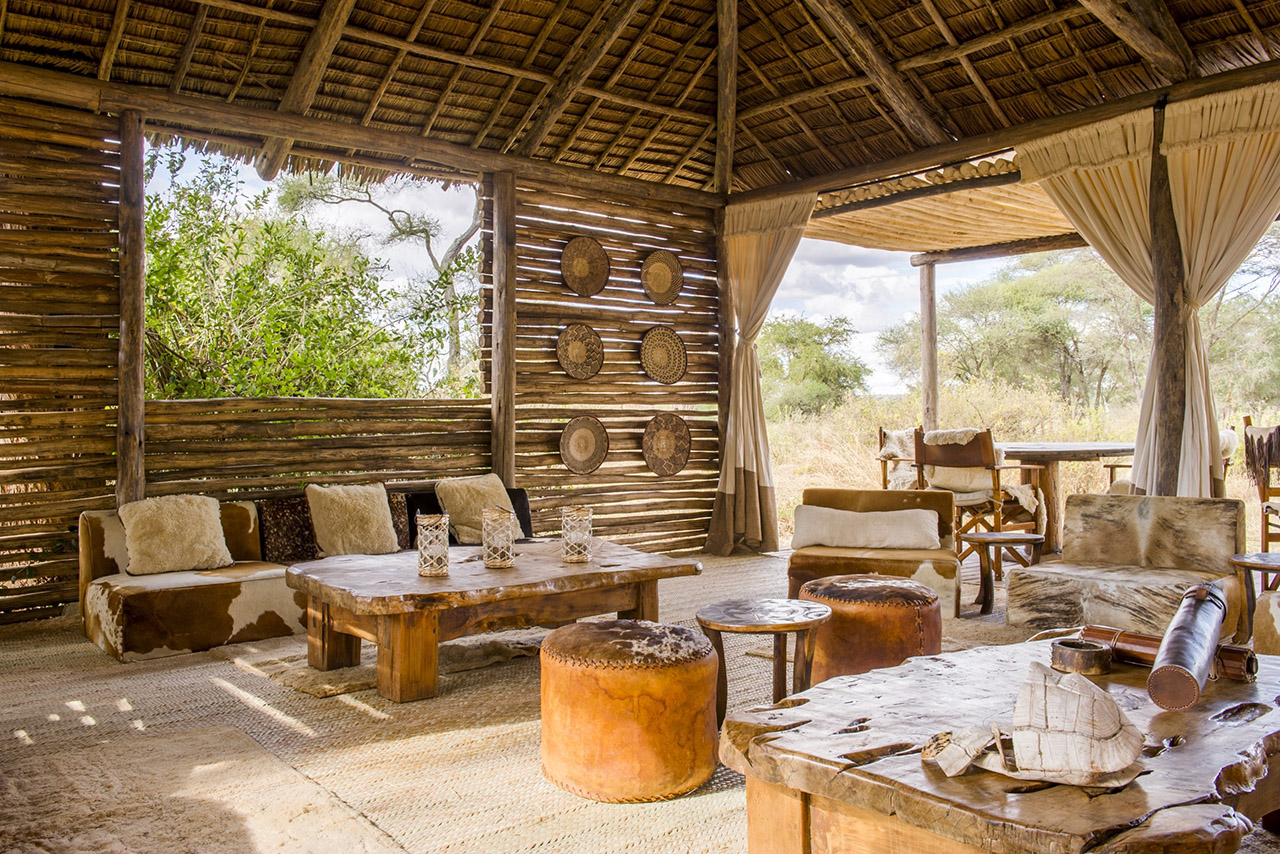
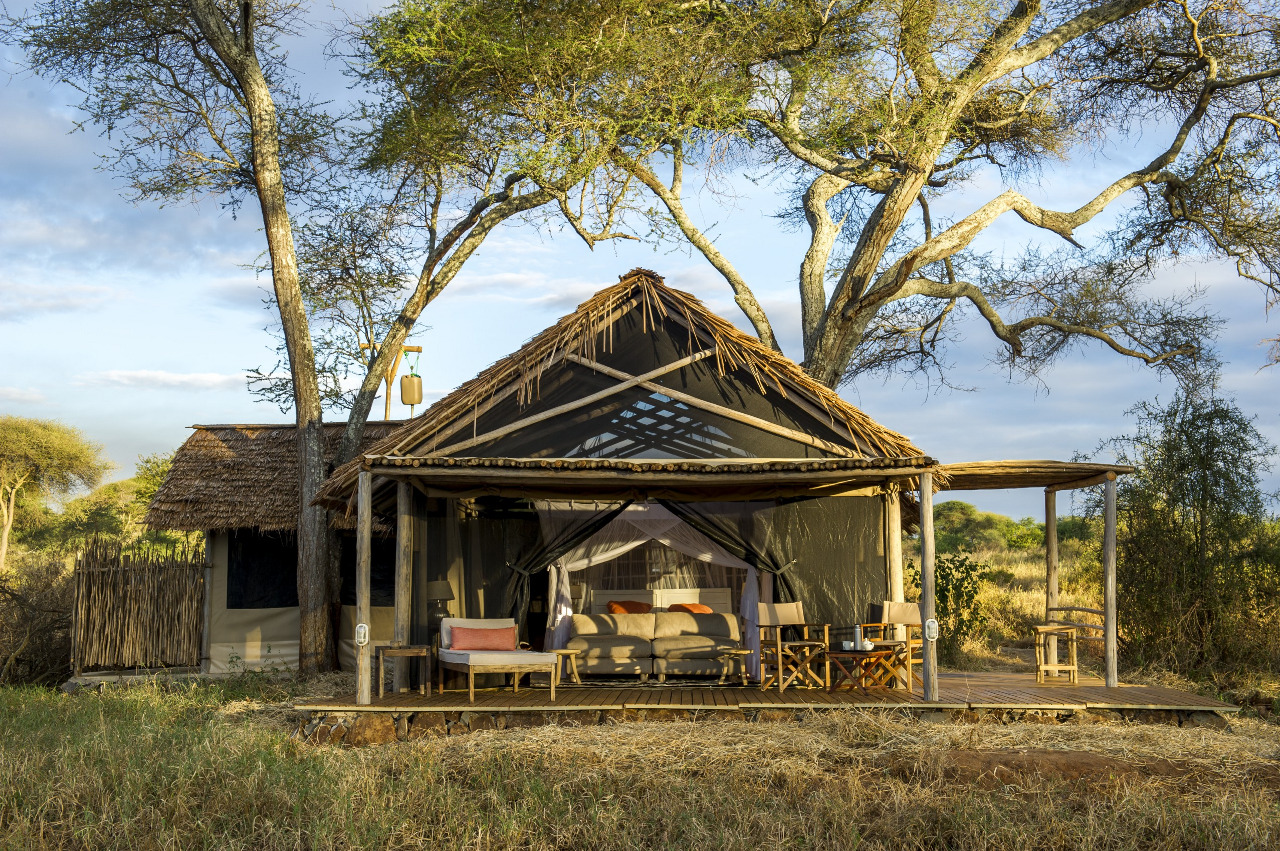
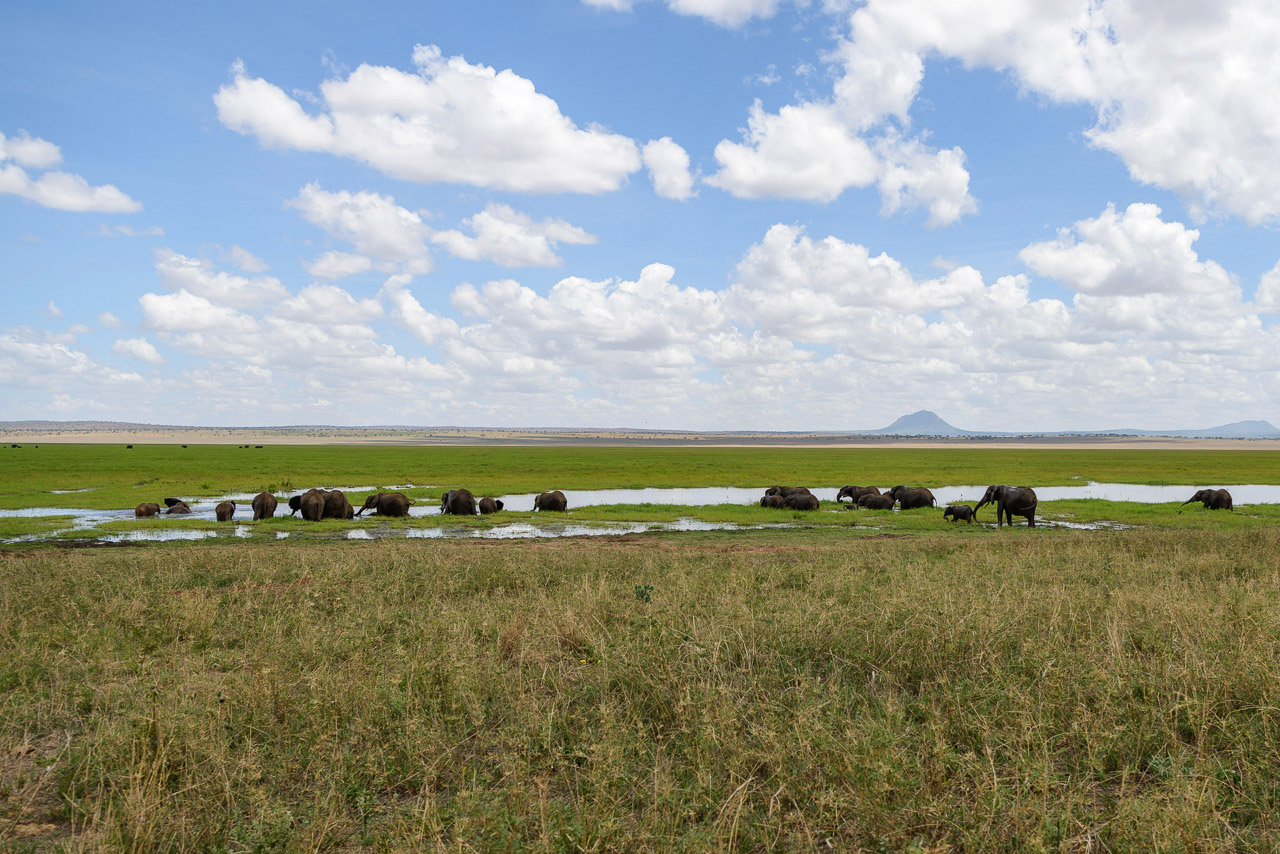
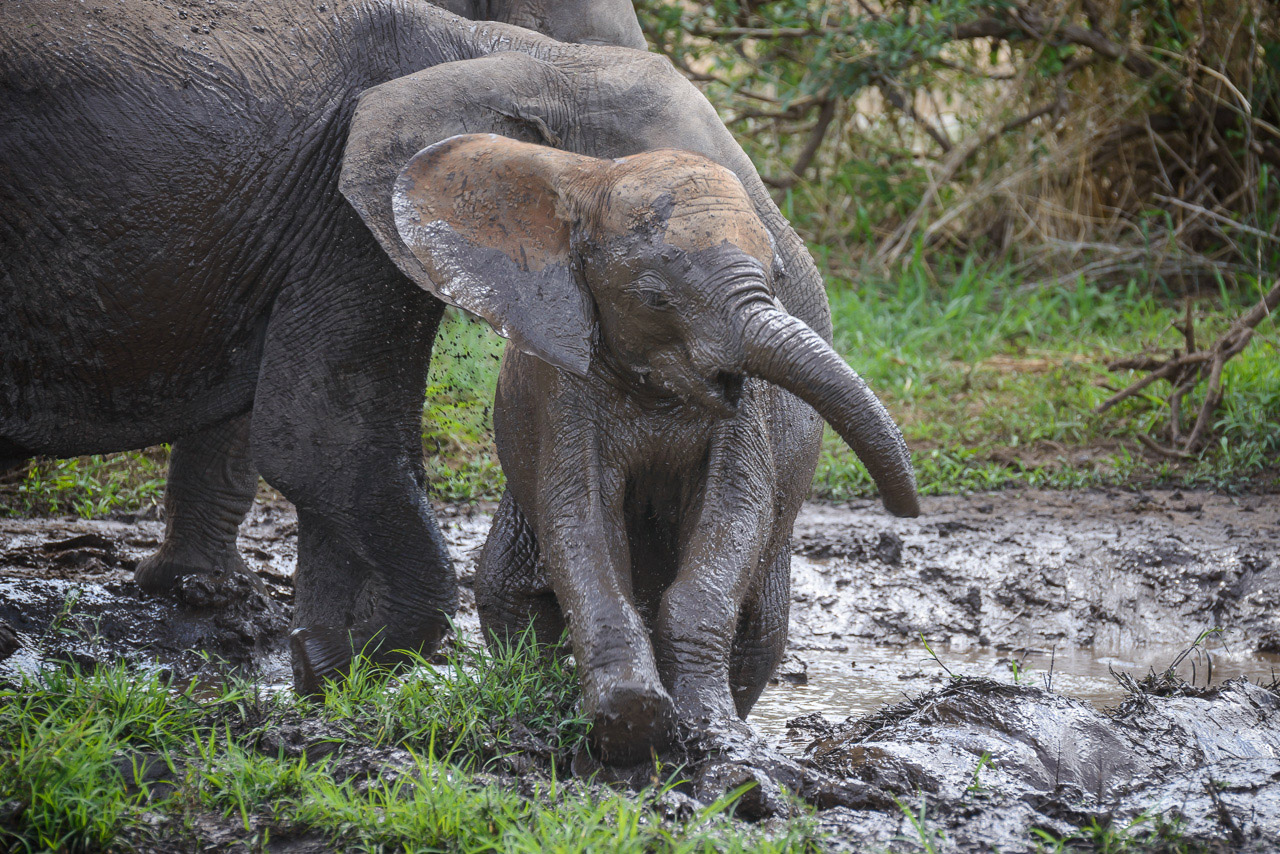
Accommodation
Kuro Tarangire offers six safari tents with en-suite bathroom and well-designed dressing room. The rooms have high thatched roofs, which give them a lot of space and a touch of luxury. However, Kuro Tarangire has not lost its bush character, as the bathroom still 'only' has a bush shower, which will be refilled with warm water on demand. The rooms have been extended towards the front with a roofed wooden deck, where a table, chairs and a couch invite you to read and relax.
Nomad Tanzania used to operate this camp as a mobile camp with locations in the Loliondo area near Klein's Gate. It was then moved to Tarangire and is now open all year round. The camp has been extended and improved over time but luckily has not lost it's soul - overall a fantastic little camp at a great location in the middle of Tarangire National Park.
Kuro Tarangire is situated inside the National Park, in the southern part of Tarangire National Park near the Silale Swamp, far from the tourist rush. The location of the camp provides guests with the unique opportunity to witness wildlife and explore the natural beauty of Tarangire National Park right from the start of their safari. Camps that are located outside the park need to pass the main gate each and every time they access the park, which minors the safari experience in our opinion.
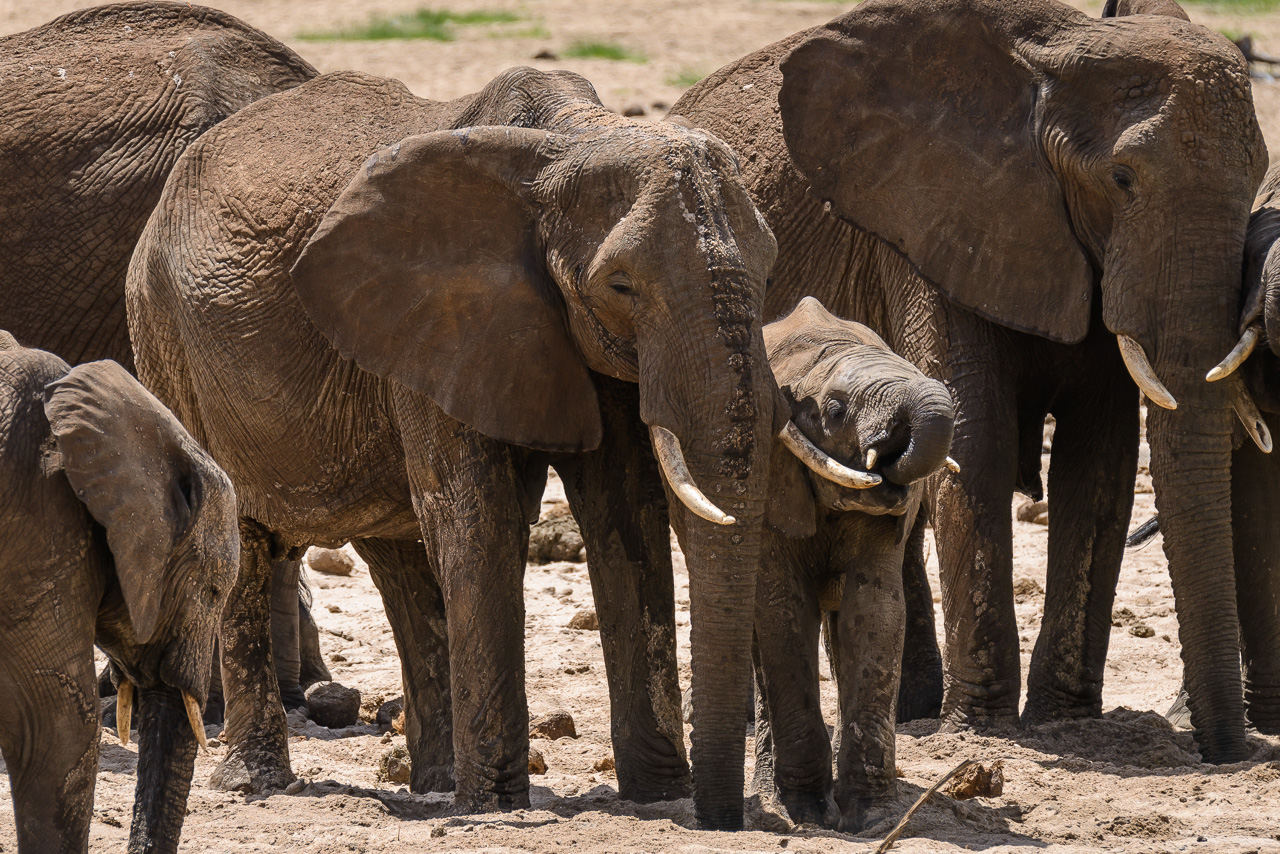
Covering more than 2,600 km², Tarangire National Park comprises a well-frequented northern part and a relatively remote southern part, which is made up of alluvial plains during the wet season, giving way to large grassy areas during the dry season. Wildlife concentrations are fantastic from June to October, when, unable to find water elsewhere, animals from far afield gather at the Tarangire River. Wildlife is naturally more difficult to find during the wet season. Tarangire is best known for its large herds of elephant, and offers a very rounded safari experience when combined with the Serengeti.
Tarangire is a two-hour drive from Arusha. We recommend the small, intimate camps located within the park itself, as these offer direct access to the wildlife.
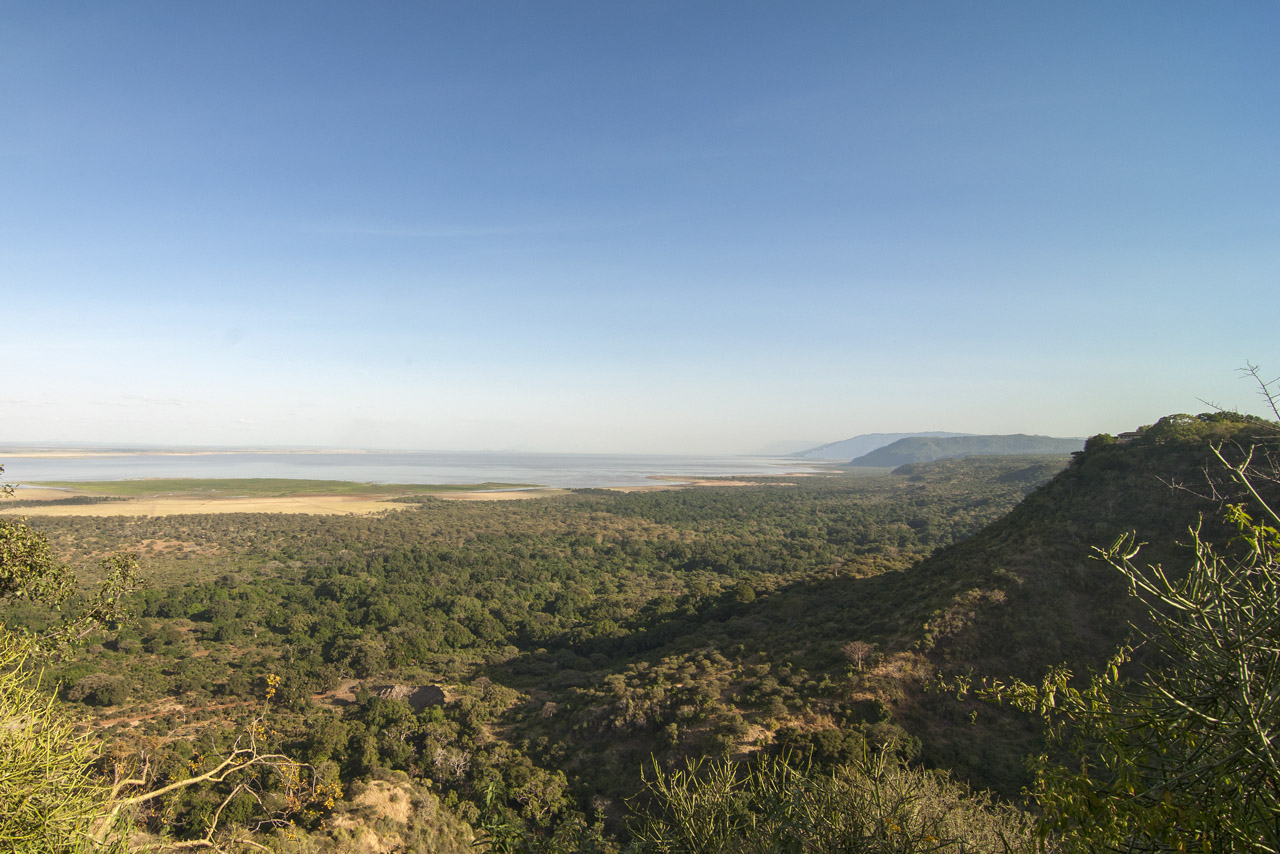
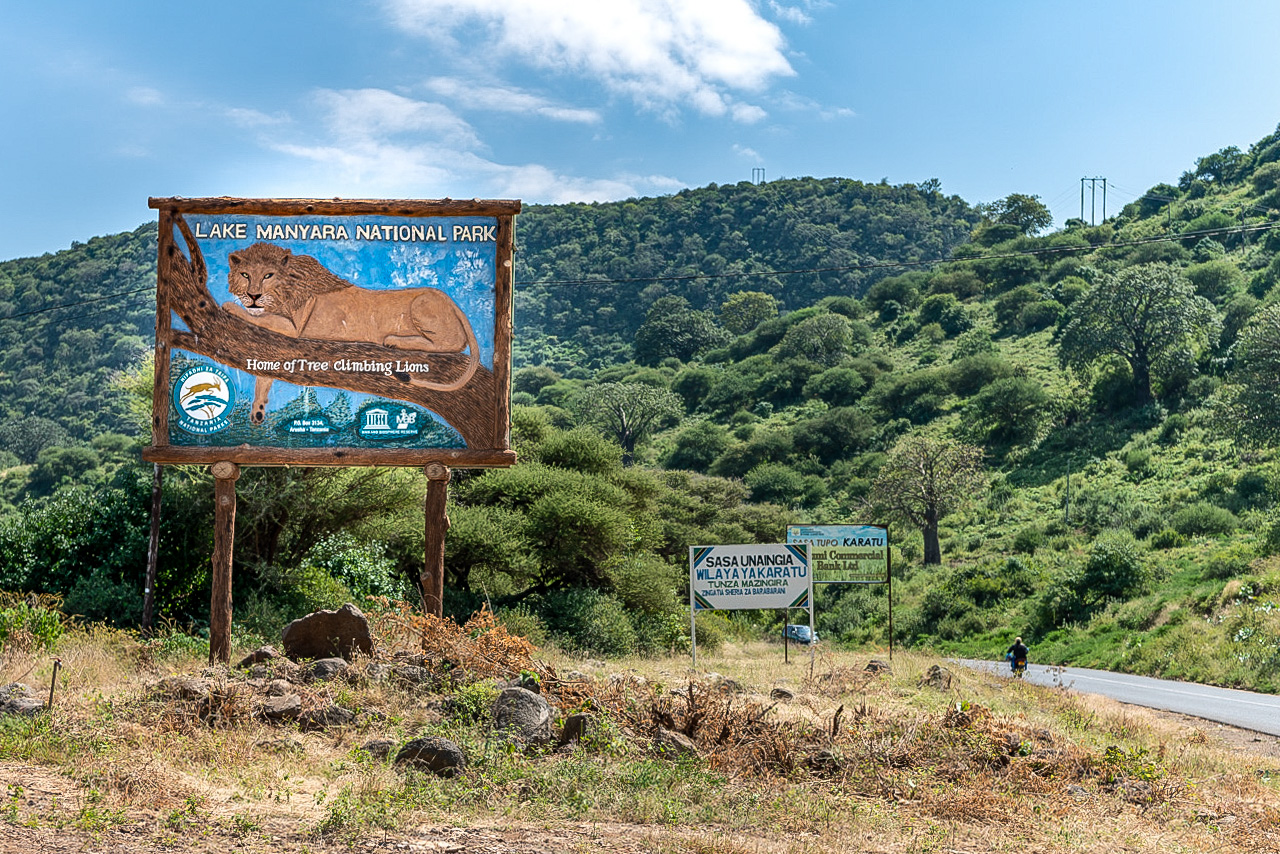
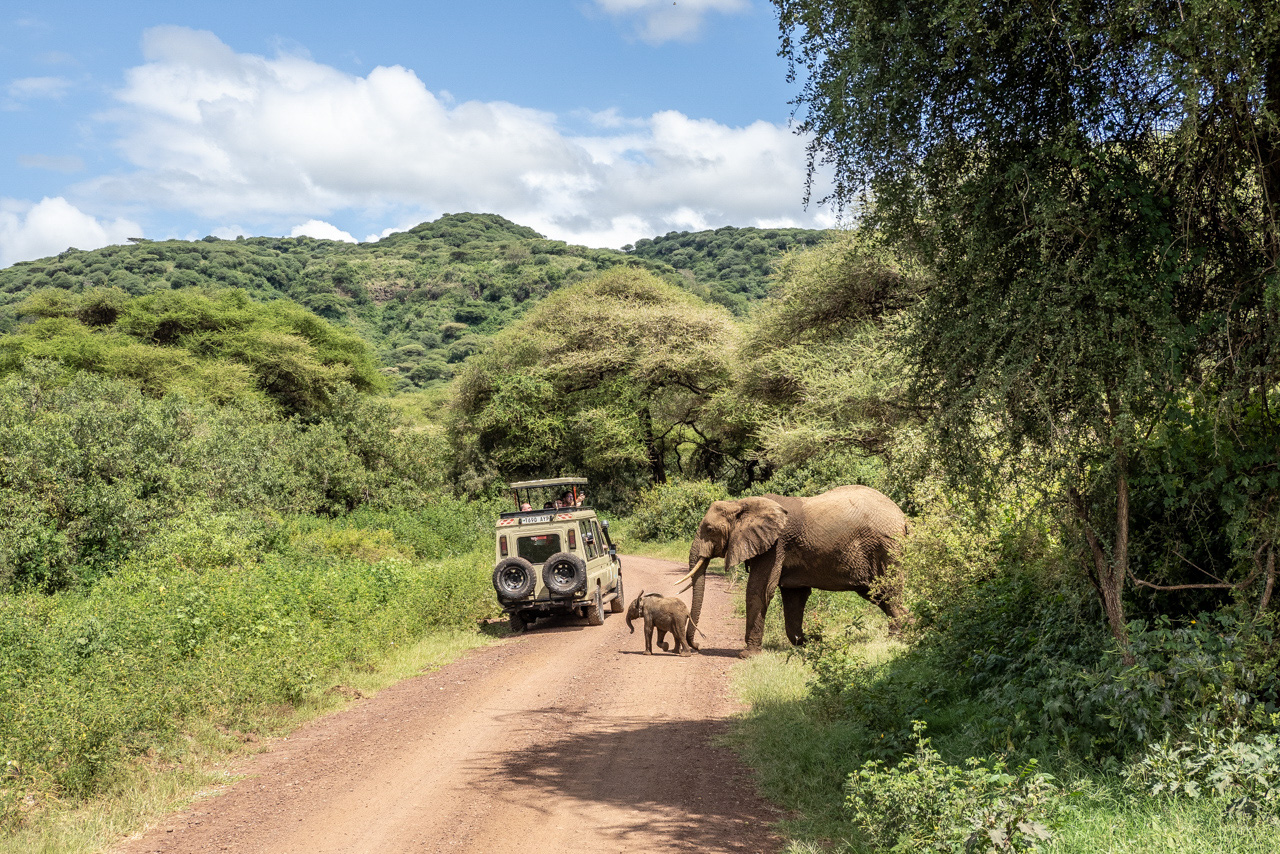
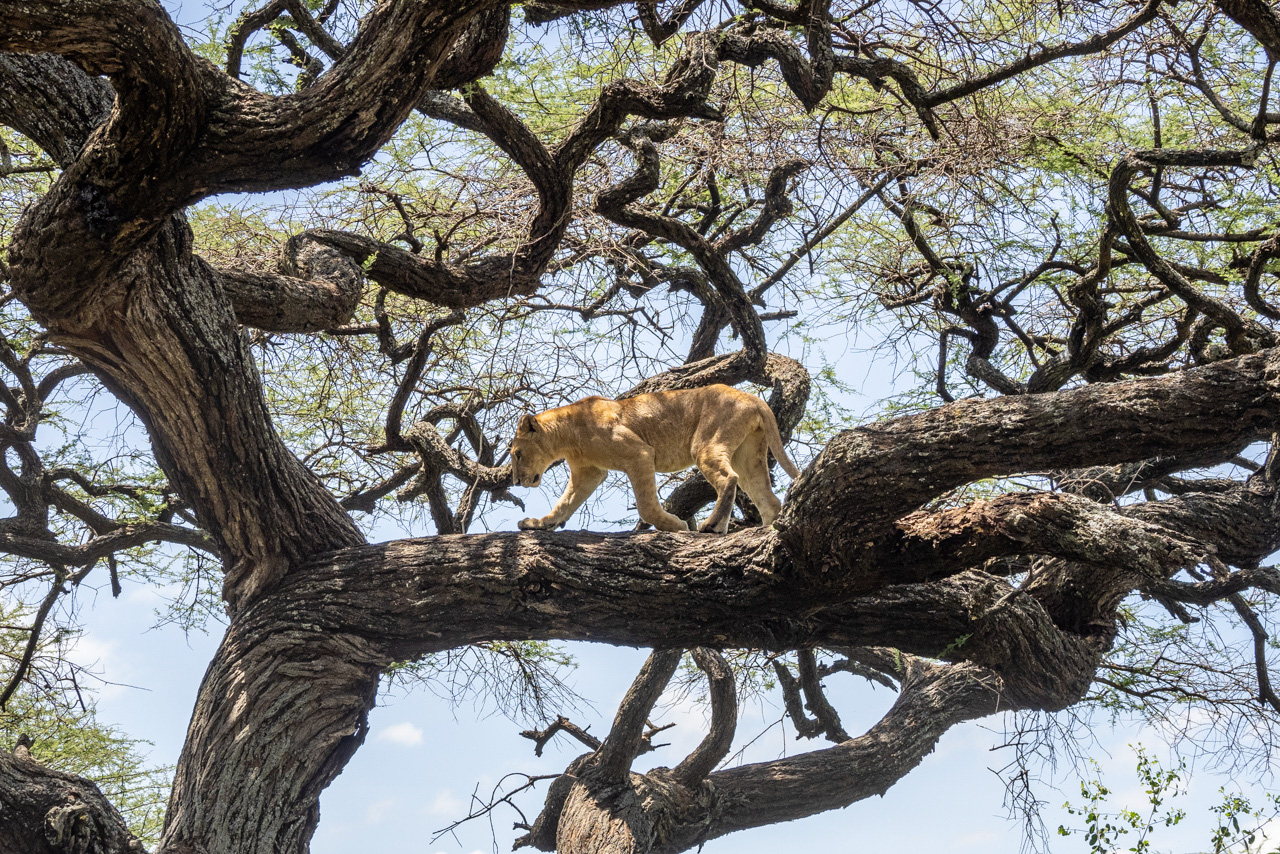
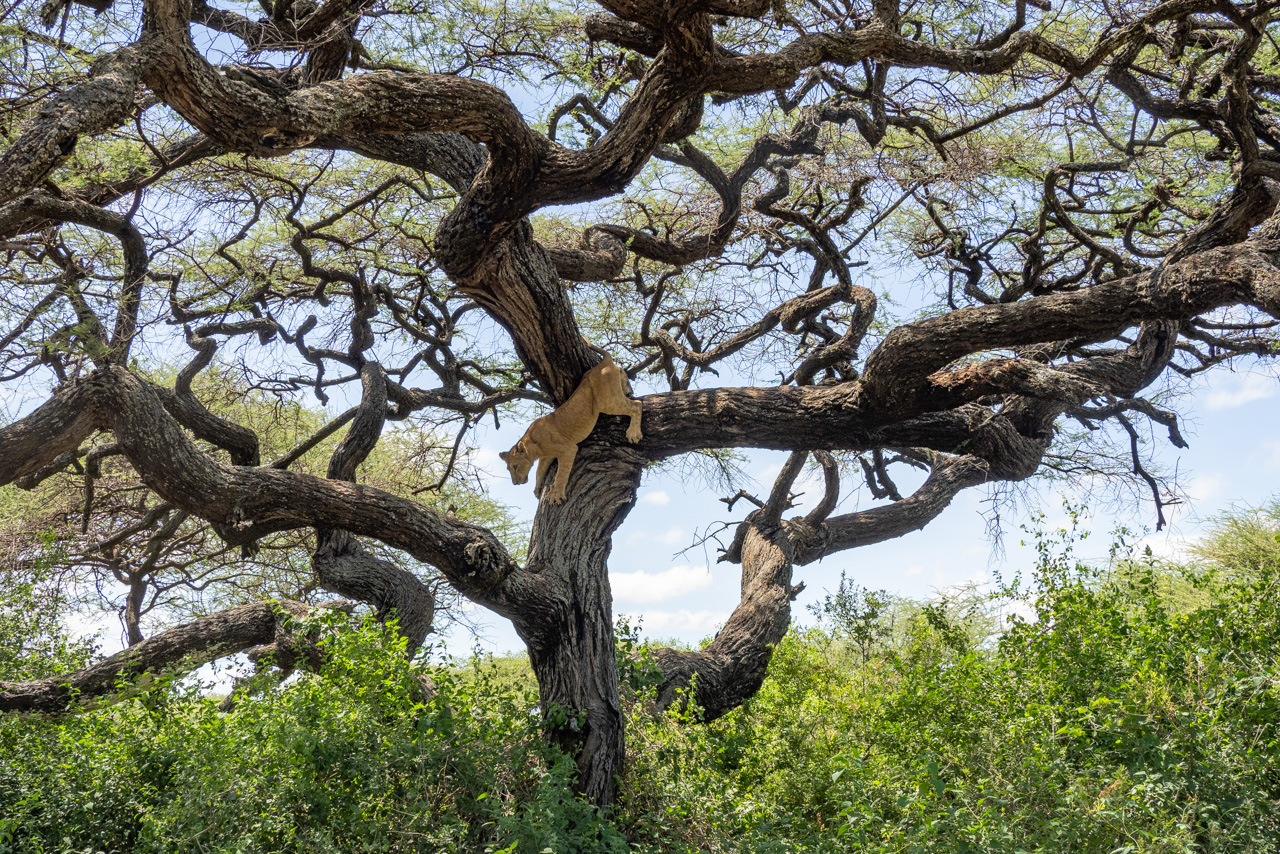
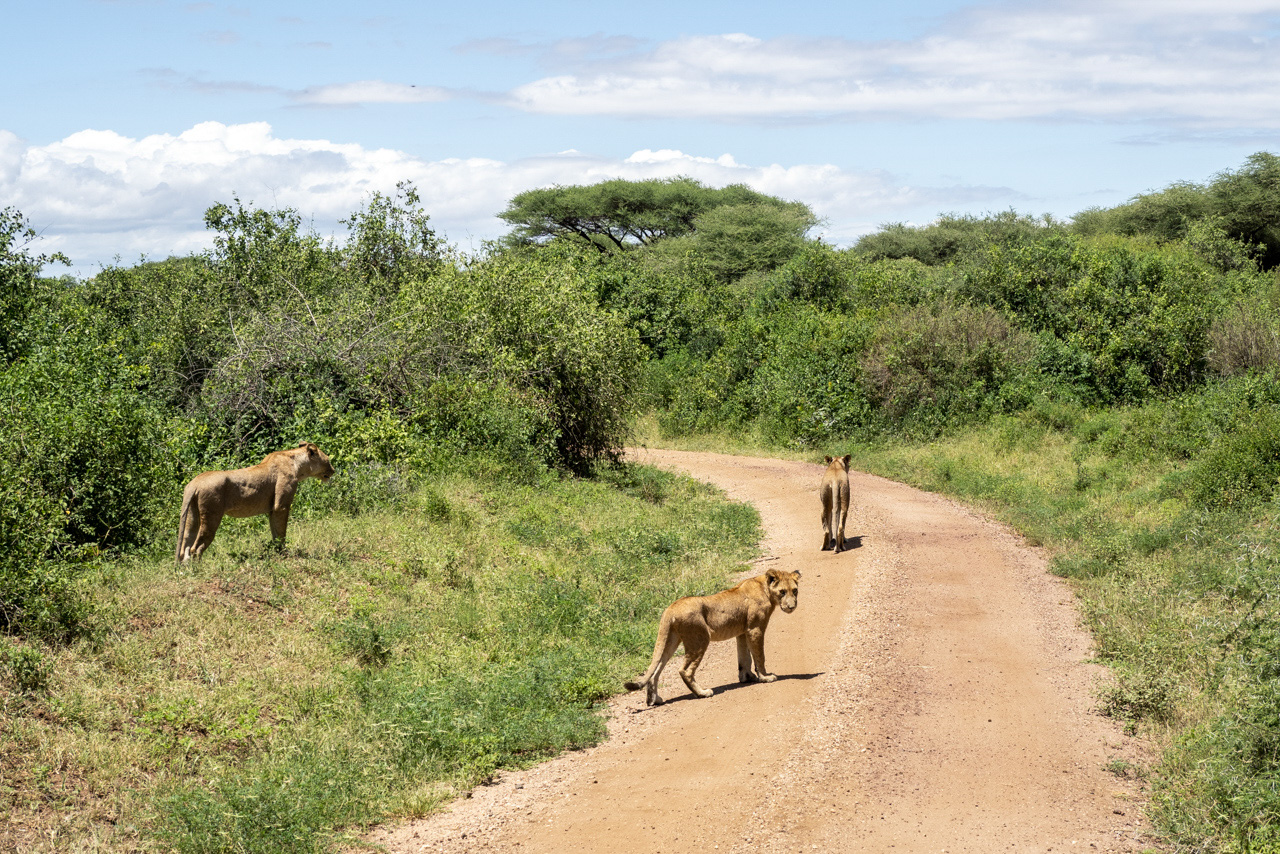
The northern gate of Manyara National Park is located 120 km west of Arusha close to the village Mto wa Mbu. If you like we may stop here for a walk to discover a bit of the local village life.
The park is renowned for its good concentration of elephant and tree climbing lion. It is also home to large herds of buffalo, giraffe, hippo and antelope. The area is also home to a conspicuous number of olive baboons, which gather in groups of up to several hundred. The flamingos on the lake, of course, provide a fascinating spectacle, and with over 400 species, it is also a birding enthusiast’s dream.

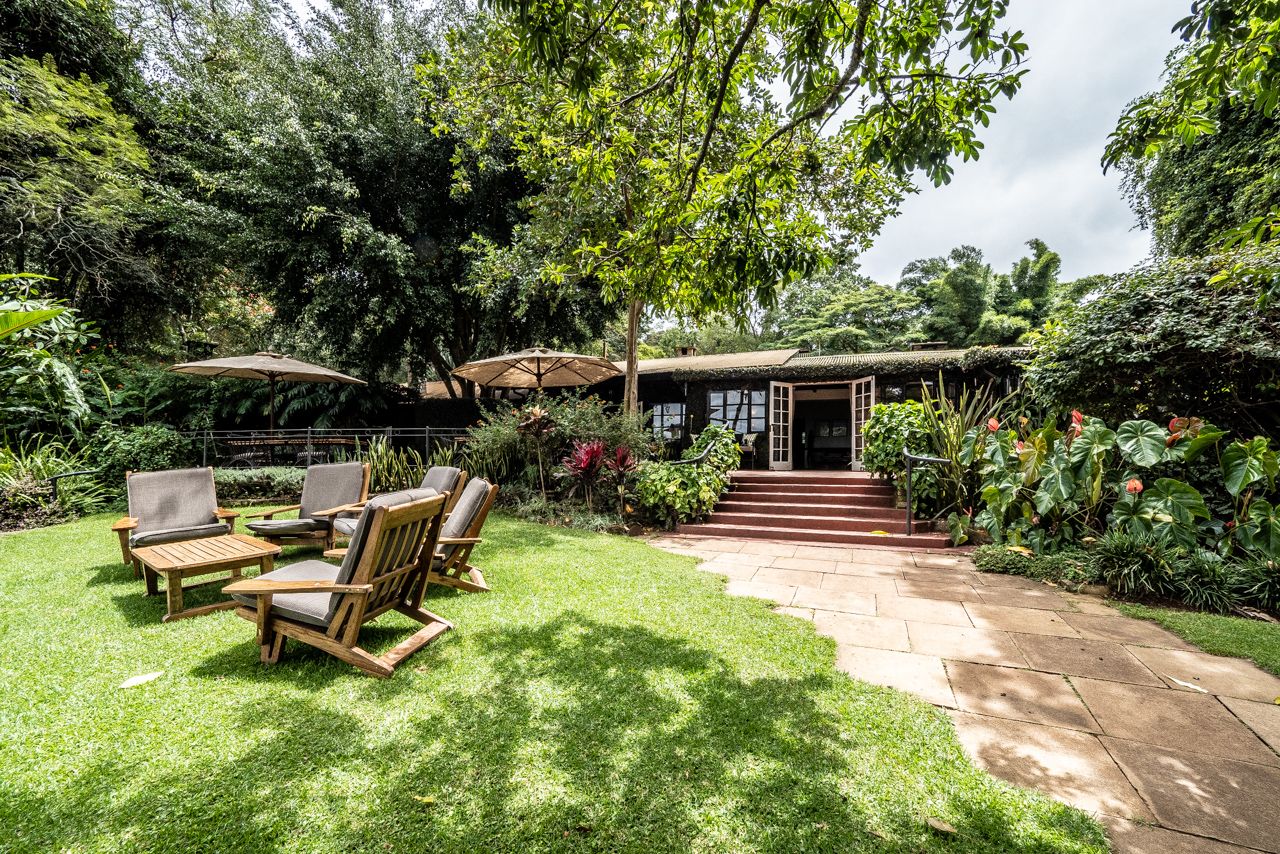
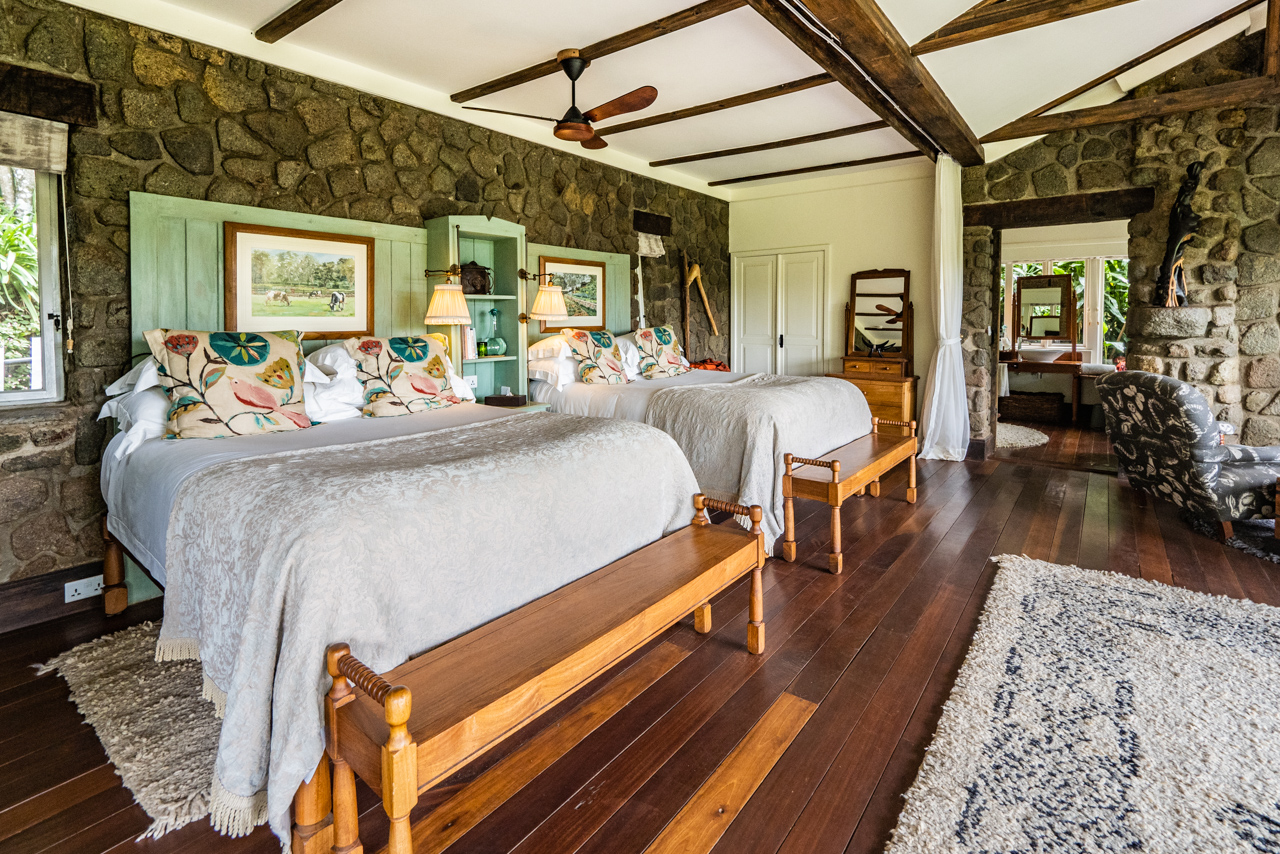
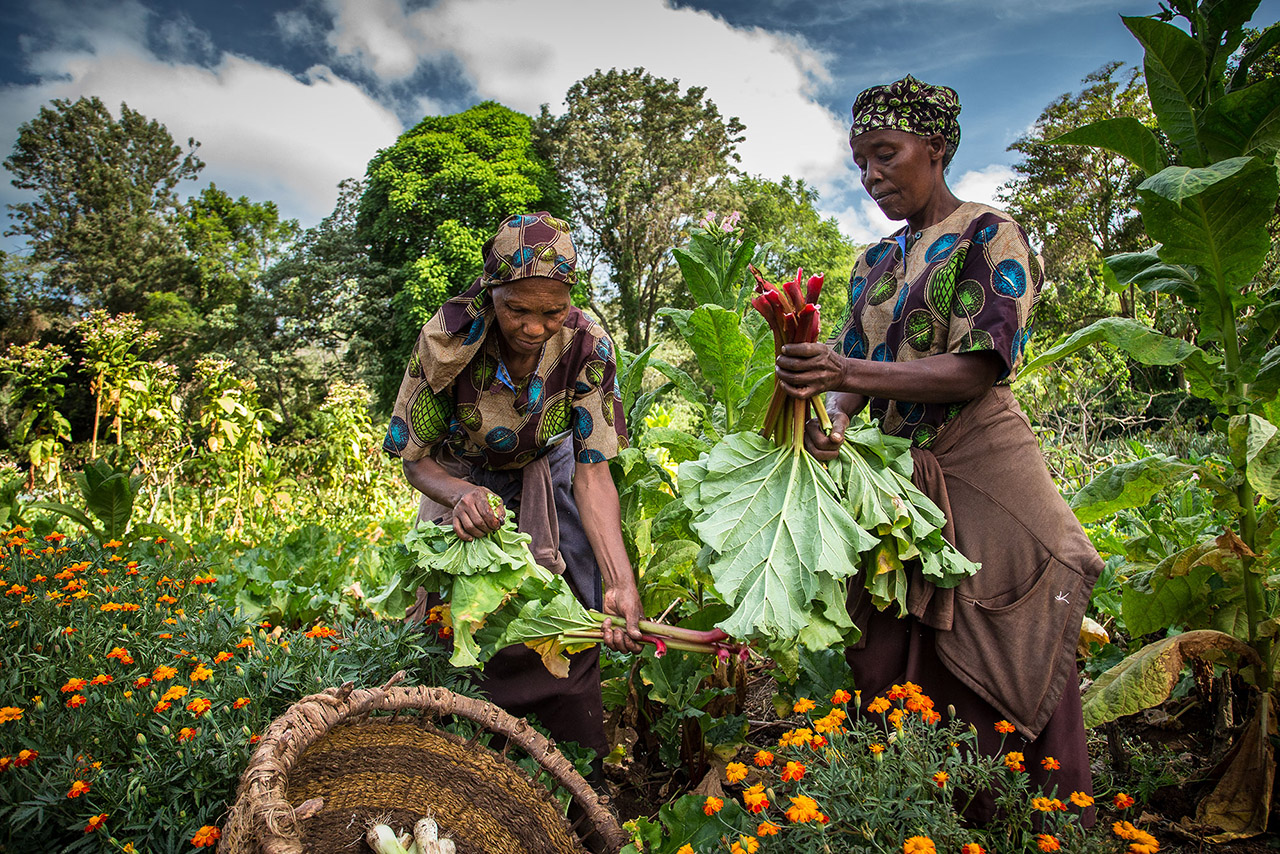
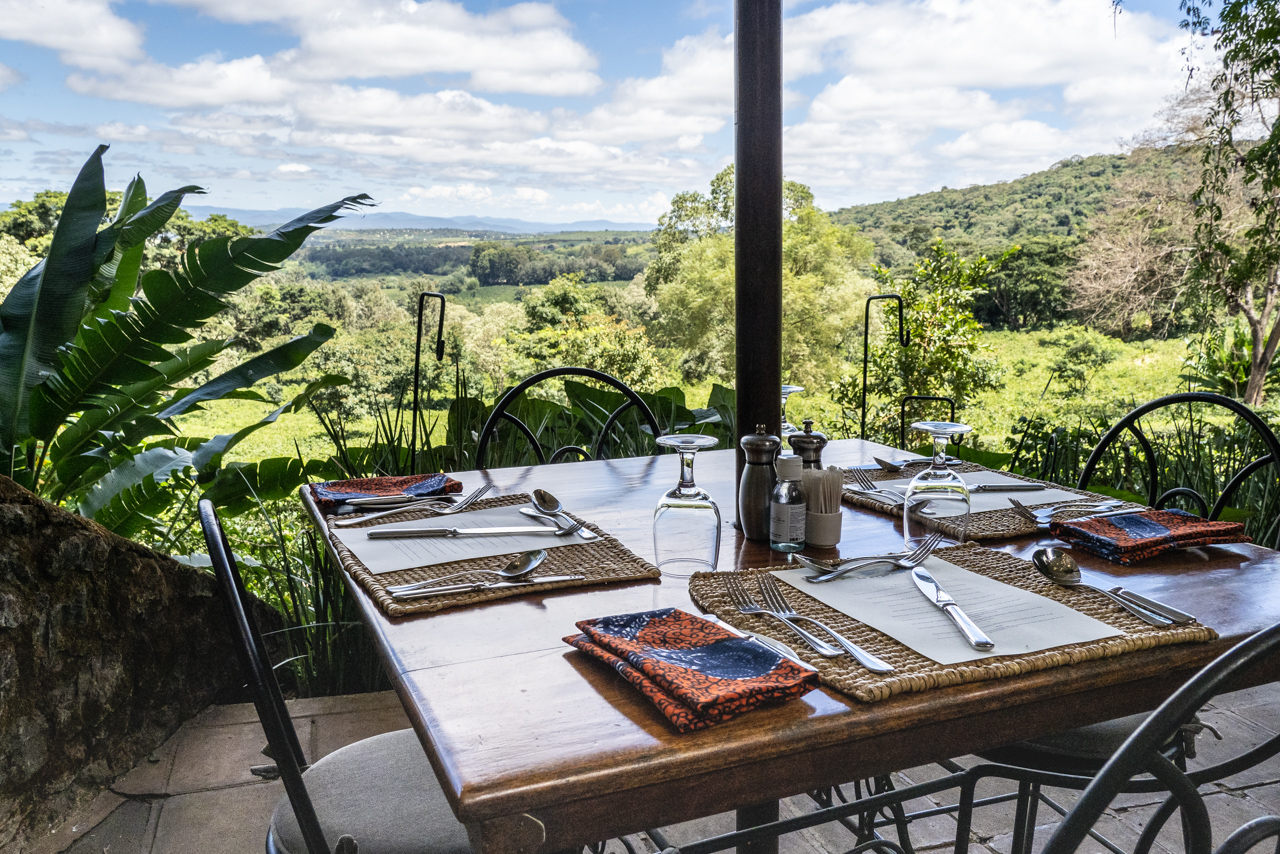
Accommodation Gibb's Farm is not only a smart destination for visiting safari guests, but also a working organic coffee, fruit and vegetable plantation. Originally built in 1929, the farm has been extending a warm welcome to guests for the past forty years.
It comprises 18 en-suite cottages, each equipped with fireplace, bathtub and veranda. Sympathetic refurbishment has continued to keep the main building up to date while retaining the farmhouse's original character.
Encircled by a historic English garden, the main building is where guests will find the restaurant, lounge and bar. The spectacular views from the veranda reach much further than the farm's plantation.
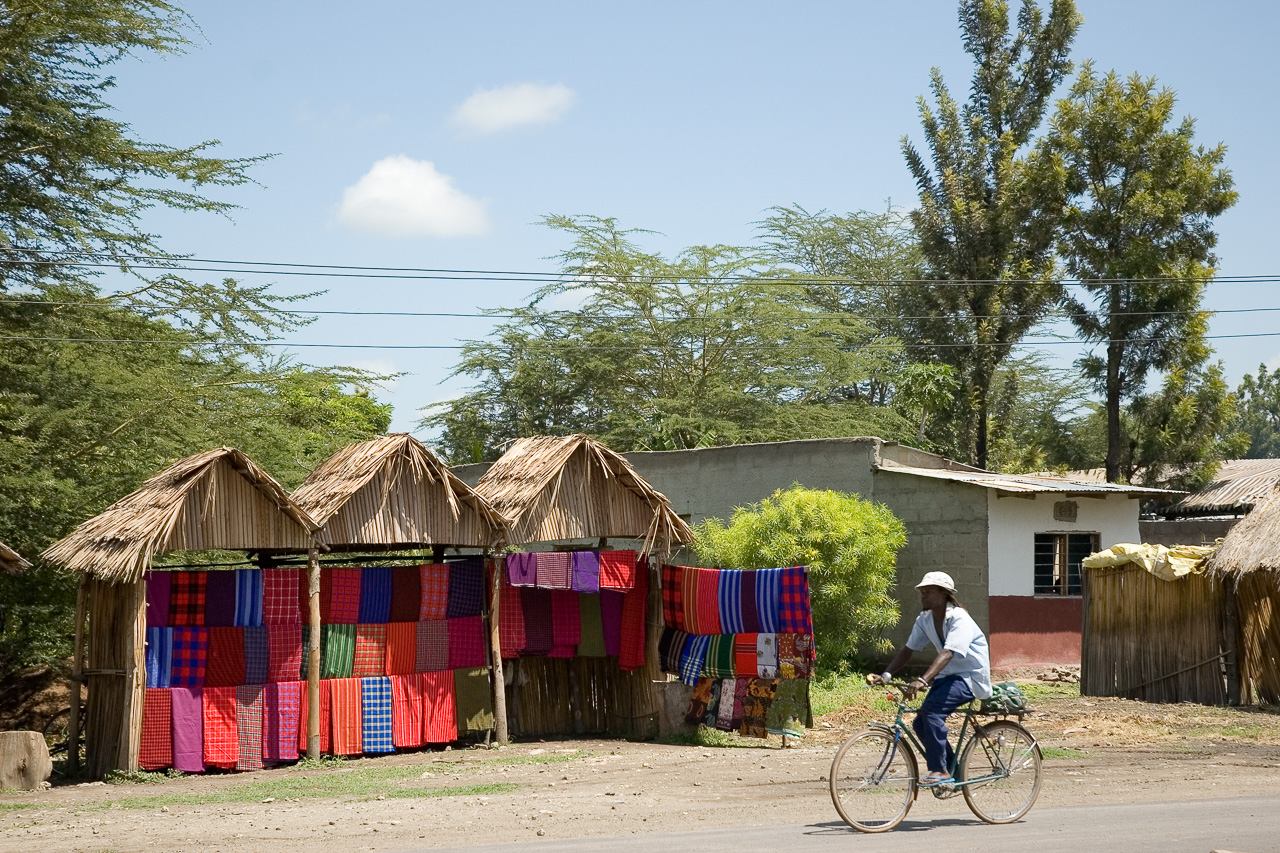
The cliffs of the Ngorongoro Crater receive a good amount of rainfall all year round. The altitude of the plateau around Karatu (1500 m), a small town with some 25’000 residents, offers a mild climate that is ideal for growing coffee, bananas and vegetables – which is something the German-East African authorities also knew when they supported the settlement of German farmers here at the end of the 19th century. Coffee is often planted together with banana trees, as their large leaves offer shade to the coffee plants.
A tarred road leads from Arusha via Lake Manyara to Karatu, which is where both the climb to the Ngorongoro Crater and the Serengeti ecosystem begins. The lodges in the Karatu region make the perfect base from which to explore the crater.
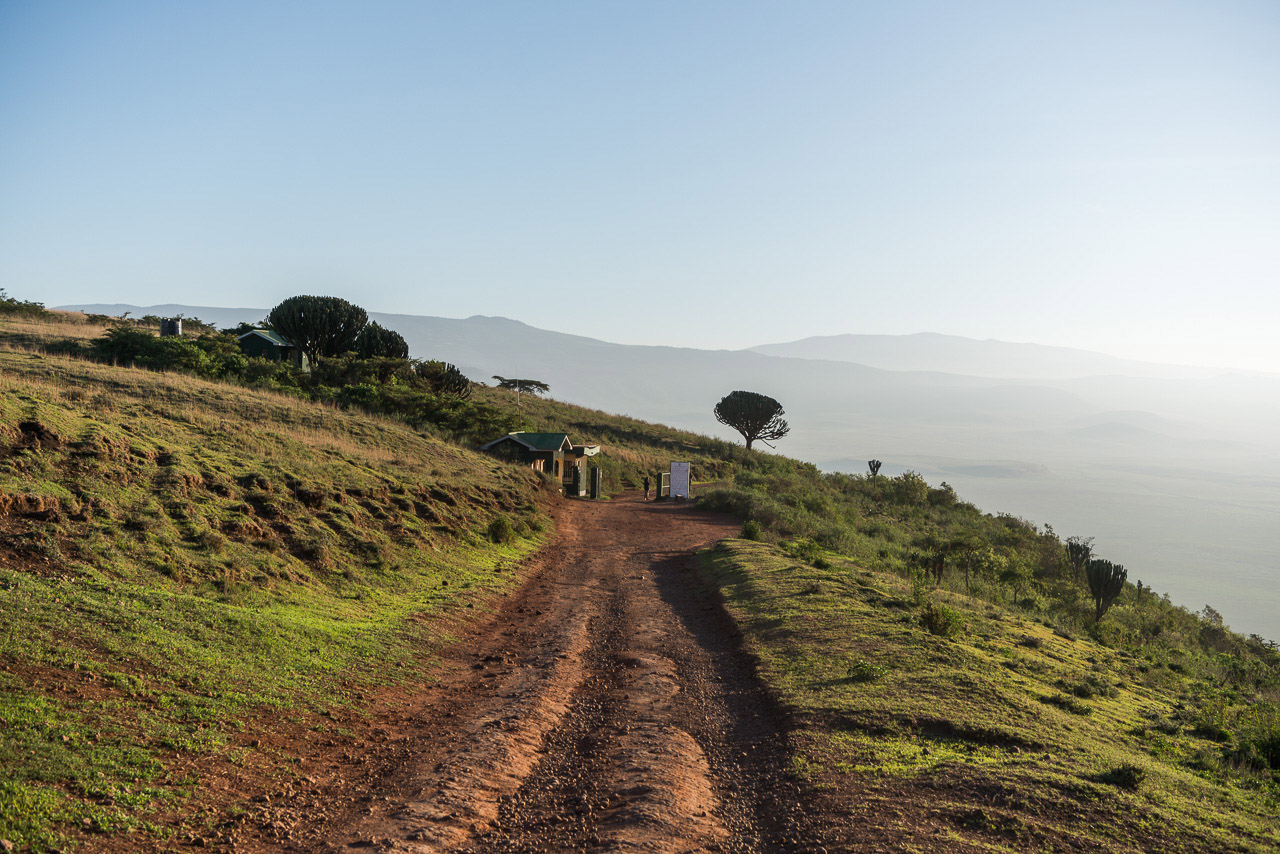
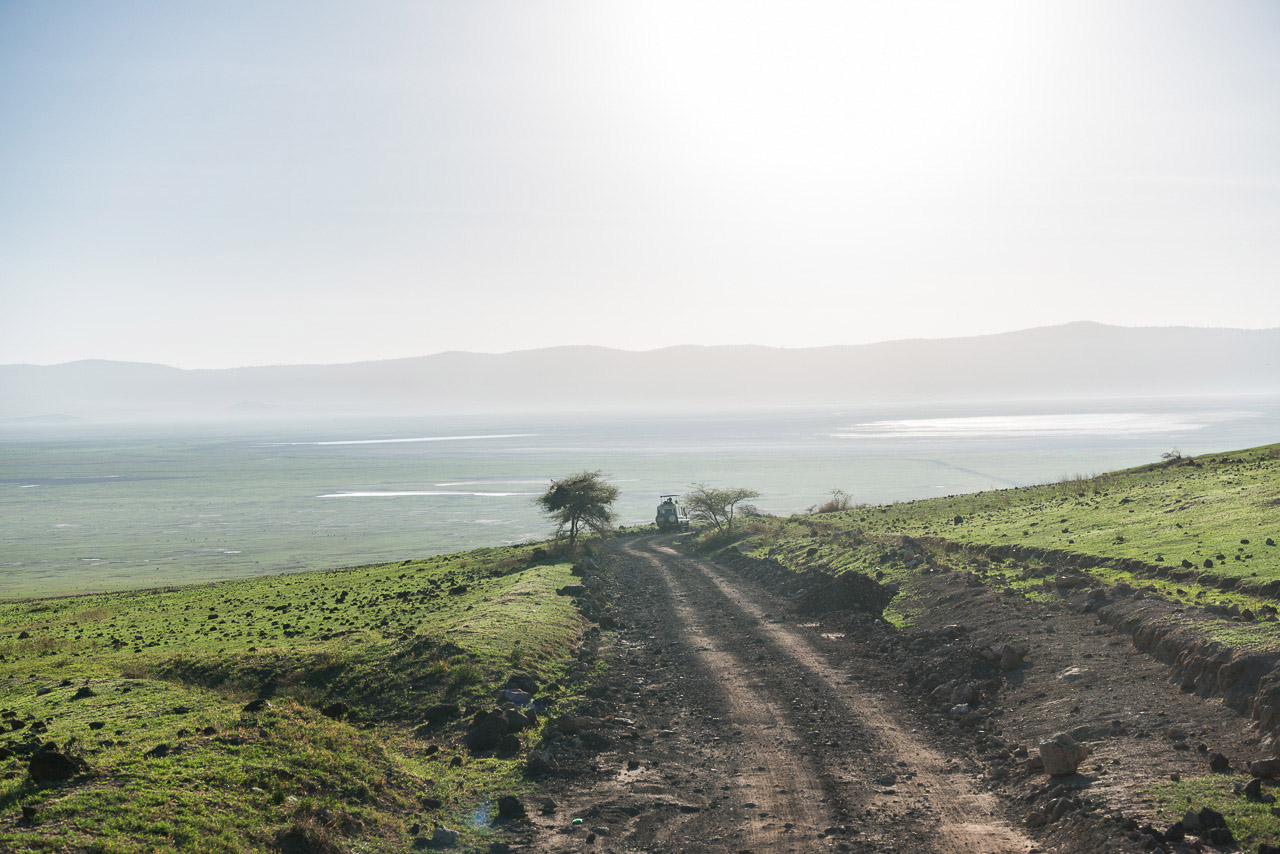
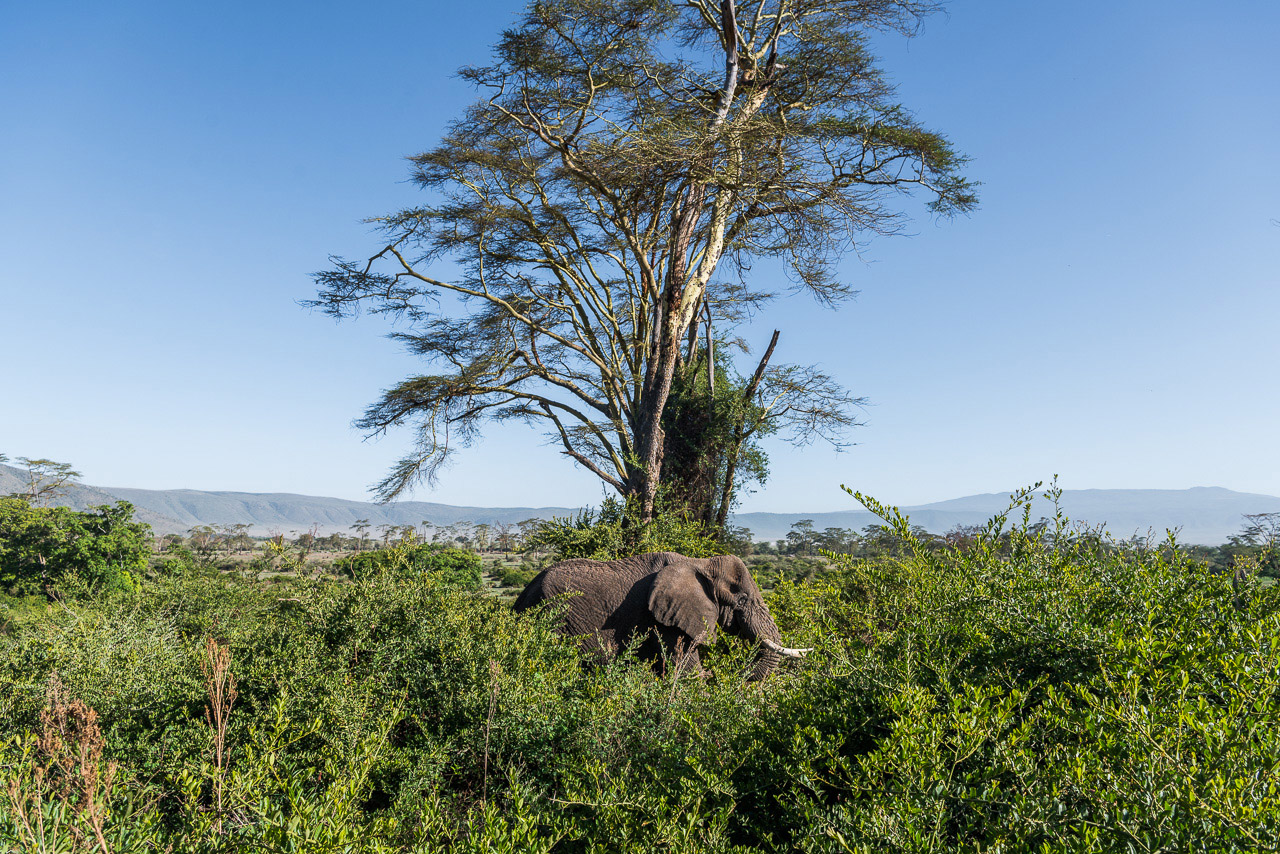
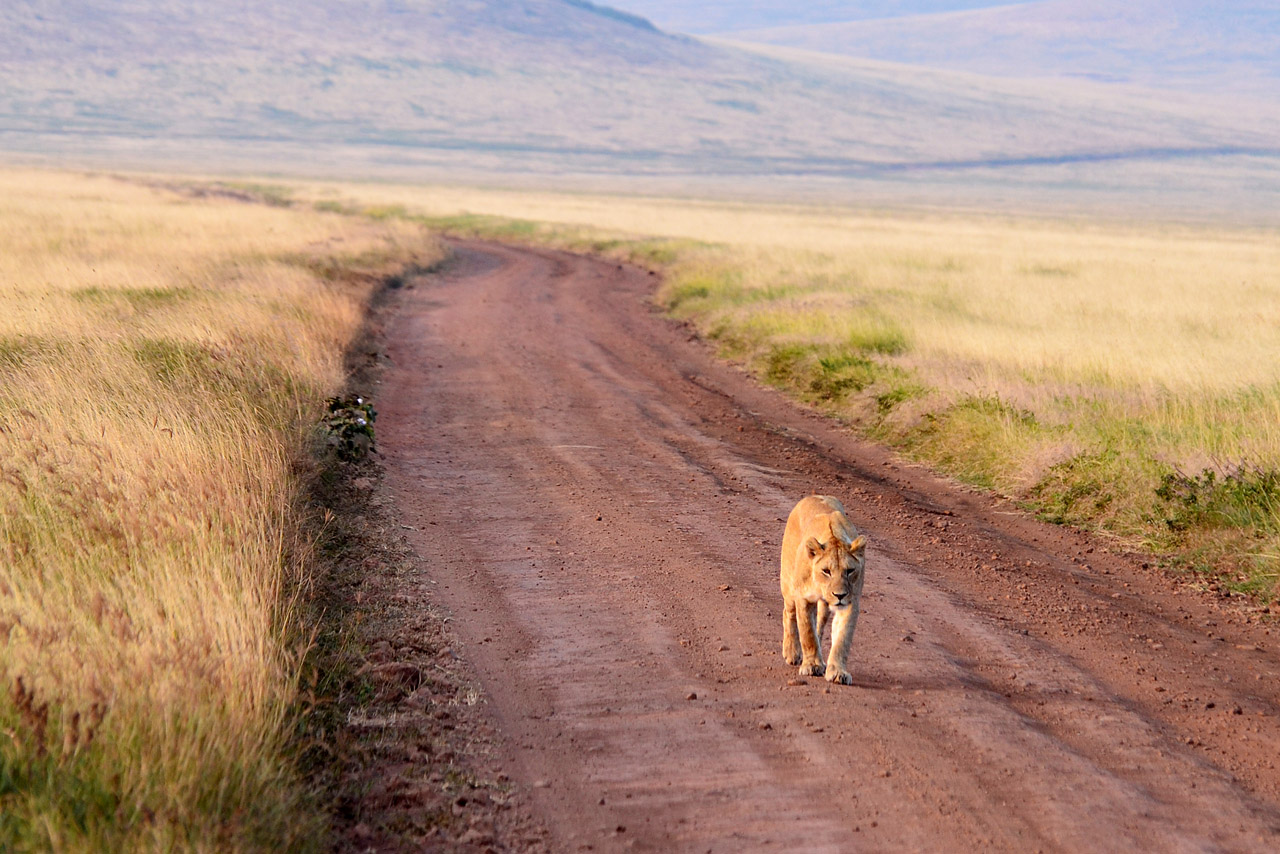

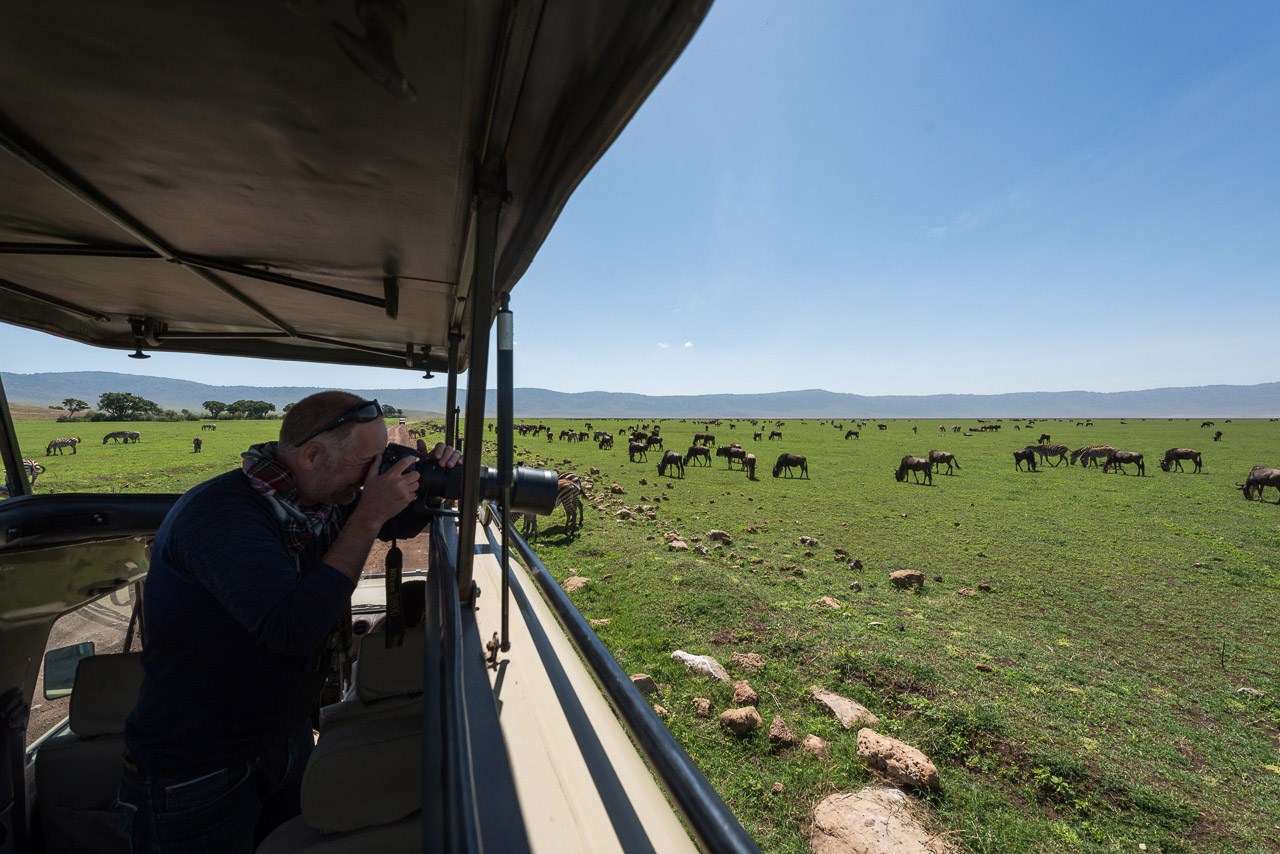
The Ngorongoro Crater is the world's largest inactive, intact, and unfilled volcanic caldera with 19km in diameter and walls 600m high. Its floor covers 260 square kilometres and acts like a natural zoo, providing food for a high resident animal population.
The mineral-rich crater floor is covered with nutritious grass and attracts large herds of animals. Up to 25’000 mammals, primarily herbivores can be found at any one time in the Ngorongoro Crater. The list includes wildebeest, eland, hartebeest, zebra, gazelle, buffalo, rhinos and warthog. Moors and forests provide food for hippo, elephant, baboon, waterbuck and bushbuck. Big cat such as lion, cheetah, leopard and serval find rich pickings here. Large packs of hyena also roam the crater, hunting or pinching the prey of other predators.


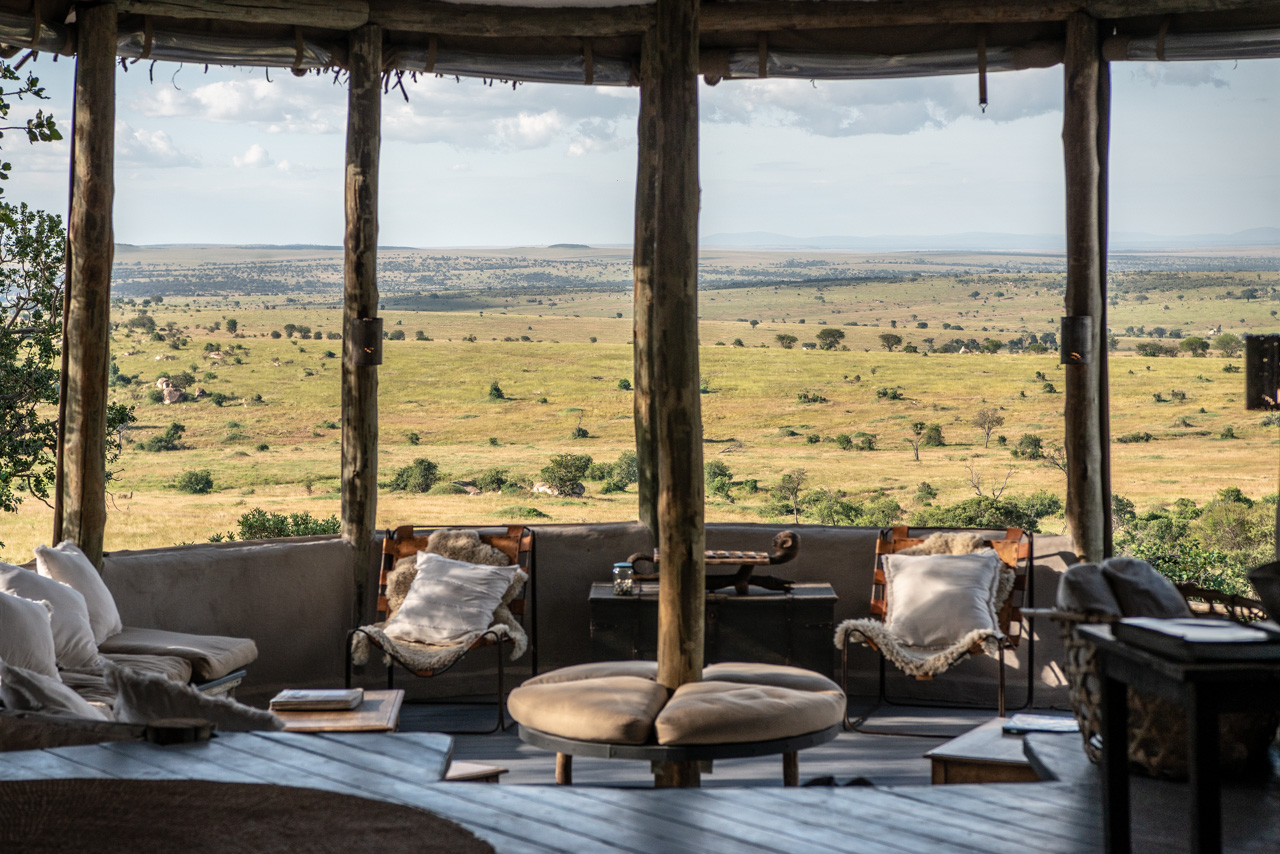
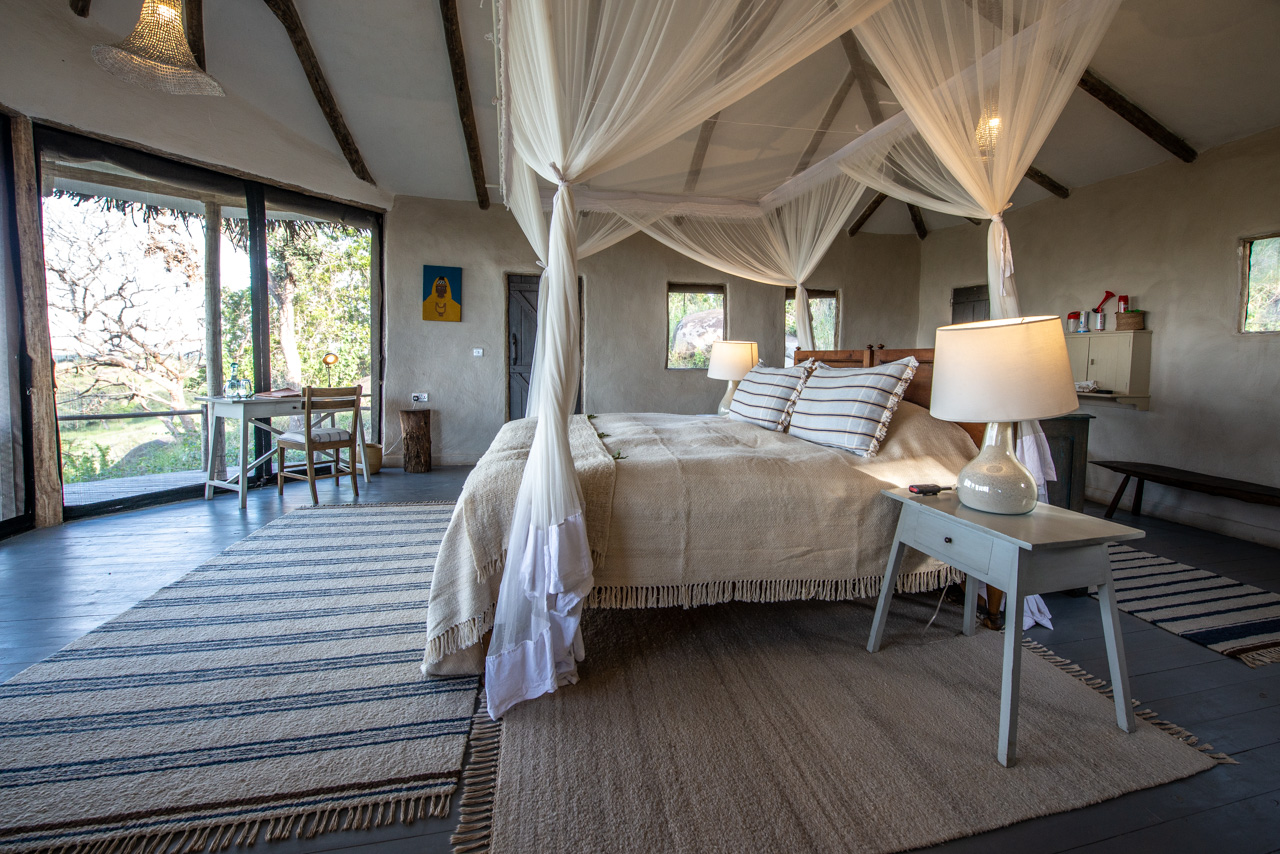
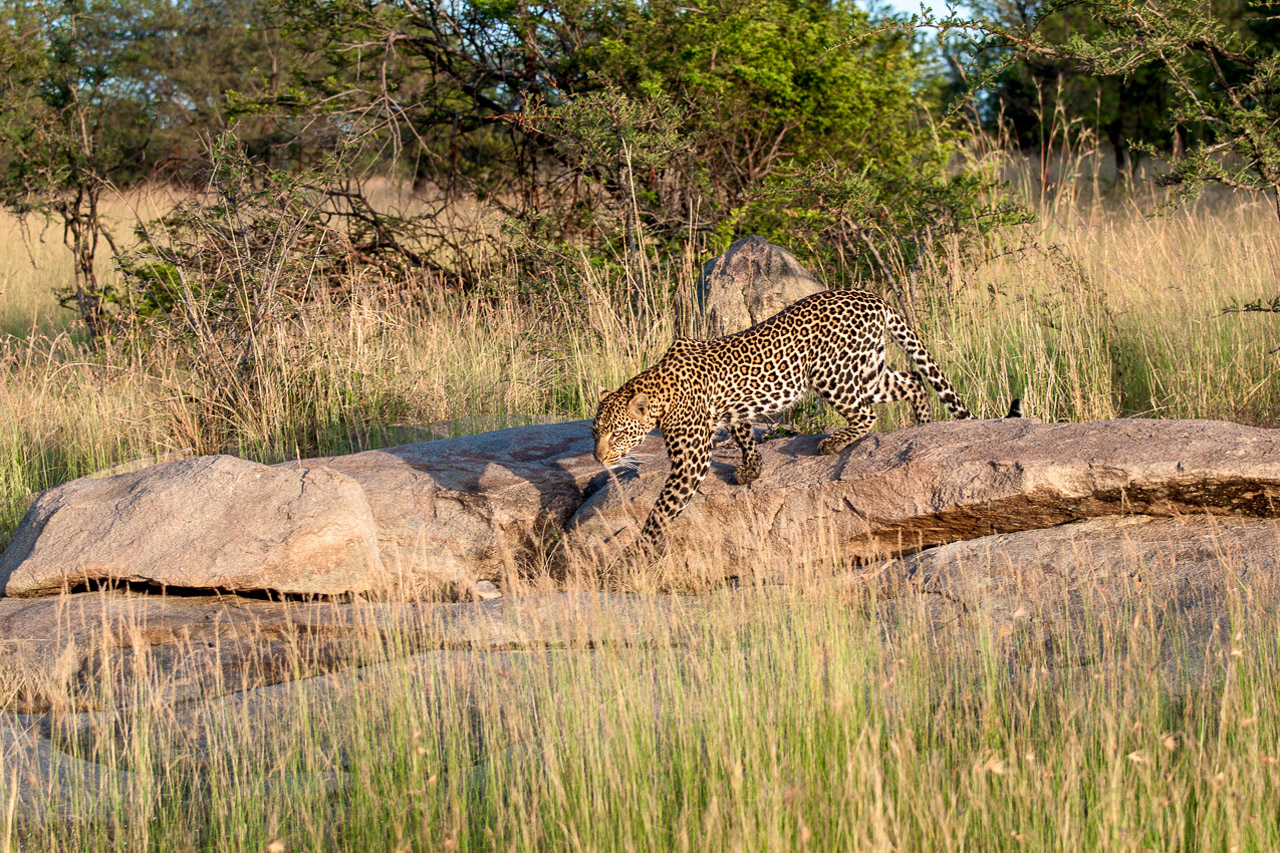
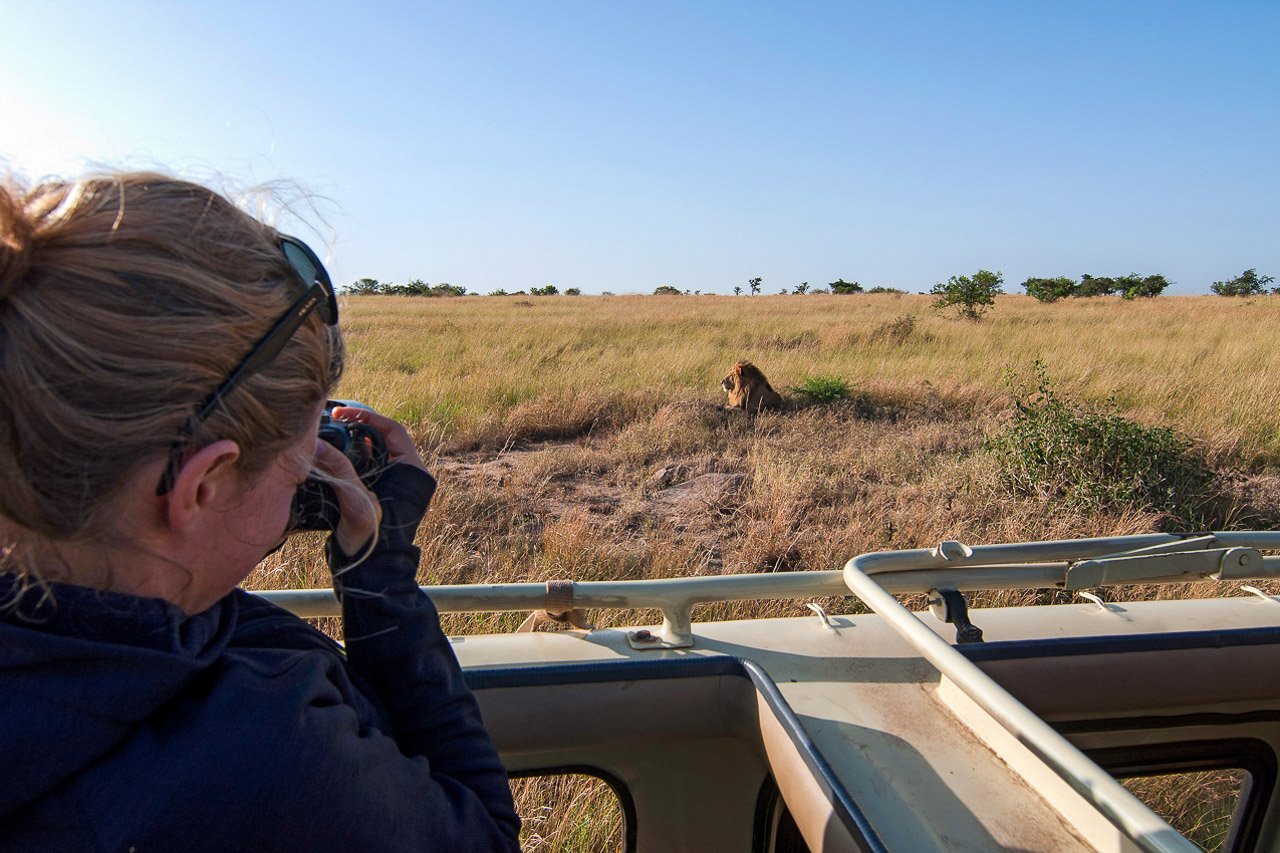
Accommodation
The founders of Nomad, one of Tanzania's most renowned safari operators, chose this spectacular spot to build this camp because of the unique vantage point offered by the Kogakuria Kopjes - a high rocky outcrop affording supremely beautiful views over the Mara River Valley.
Lamai Serengeti Camp comprises a total of 8 tents of which two tents are family units. Each site has been carefully selected and any rocks, rather than being moved, have been individually integrated into the overall design. The rooms are painted in refreshingly light colours and equipped with wooden floors, comfortable beds, a large bathroom and a beautiful veranda with a view of the plain in front of the camp. In the morning, coffee is brought to your room and a new day begins...
Facilities of the main building include a natural stone pool, a lounge and a bar with comfortable seating area.
An alternative for families and friends is the private Mkombe's House. or Lamai Private Camp which is also offered on private basis only.
The closest airstrip is Kogatende.
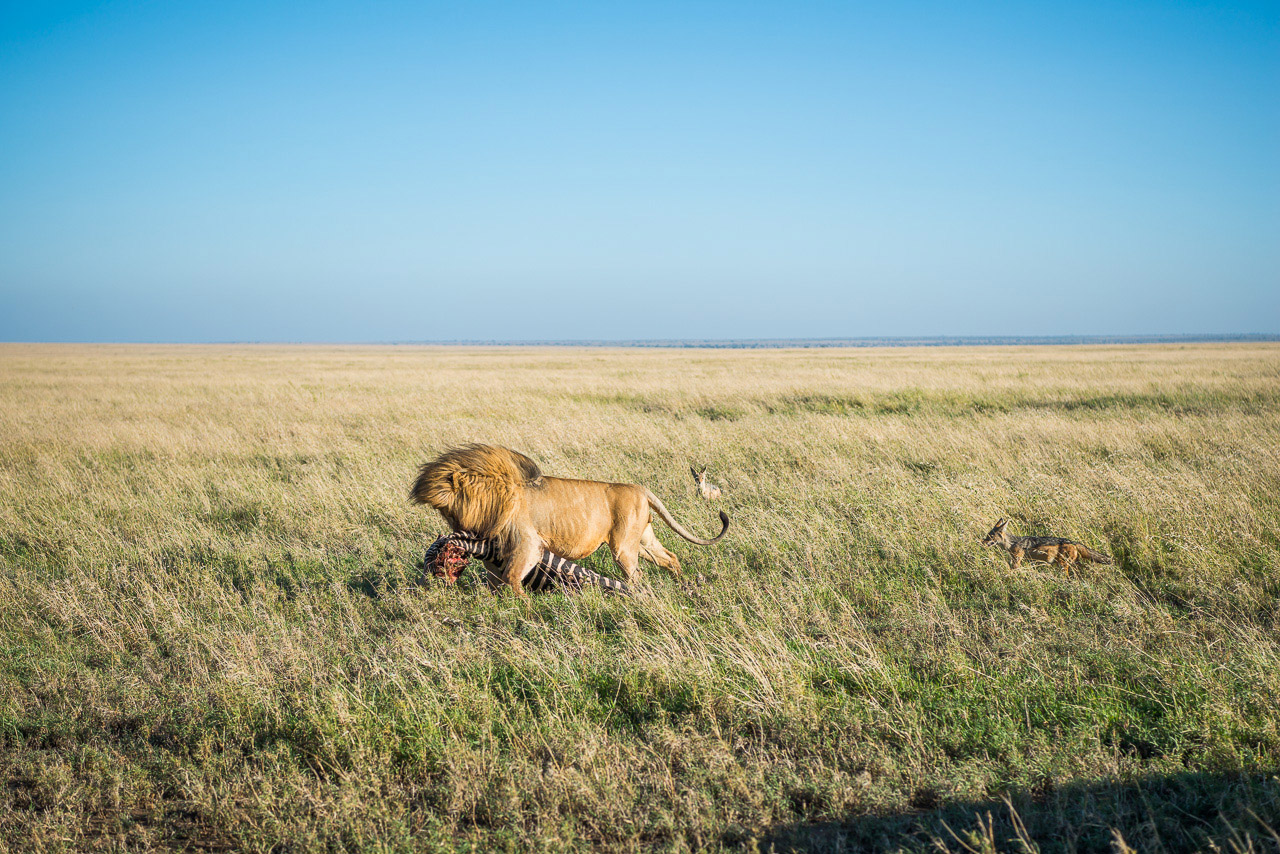
We recall Bernhard Grzimek’s television series and his descriptions of the wildlife paradise that is the Serengeti. The endless grassy plains are deeply impressive and the Serengeti is without doubt one of the most attractive safari destinations in the world.
If you’re in the right place at the right time, it is possible to experience the huge herds of wildebeest (up to two million), with some half-a-million zebra and a couple of hundred thousand Thompson’s gazelle, impala etc… in tow – accompanied by a couple of hungry lion, hyena and cheetah. The spectacle reaches its pinnacle in the north of the Serengeti, when the herds cross the Mara River.
The Serengeti ecosystem includes the actual national park (approx. 15’000 km²) and the bordering protected areas; chief among them is the Maswa Game Reserve in the southwest, the Grumeti and Ikorongo game reserves in the northwest, the Maasai Mara in the north, and Loliondo and the Ngorongoro Conservation Area in the east. The plains in the south comprise for the most part treeless flatlands that stretch out to the horizon. Typically, the plains of the Serengeti are punctuated by tree-covered granite outcrops known as ‘kopjes’, which provide the perfect resting place and observation post for predators. The northern part of the Serengeti is hillier with more vegetation.
The majority of guests travel to the camps that are located in the area where the migrating animals happen to be. If you wish to be alone, then look for a camp where the migration is NOT currently passing through, or combine several camps. There is an abundance of wildlife everywhere, mainly cheetah, hyena, jackal, lion and leopard, which are somewhat more difficult to find. In addition to wildebeest and zebra, there is a good concentration of topi, Grant and Thompson’s gazelle, eland and kudu etc… Elephant and buffalo are also present, but not in great numbers. Rhino also live in the Serengeti, but are naturally very shy creatures and therefore difficult to find.


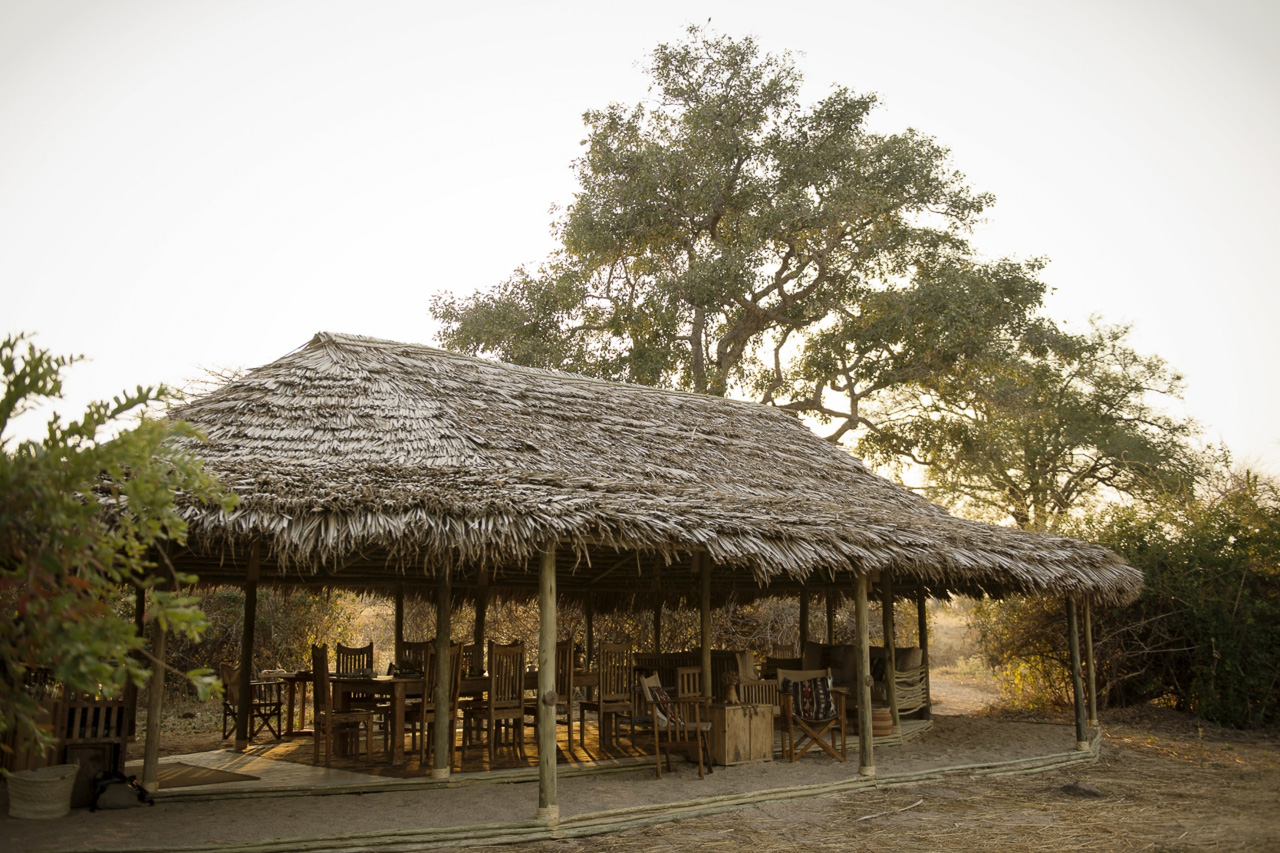
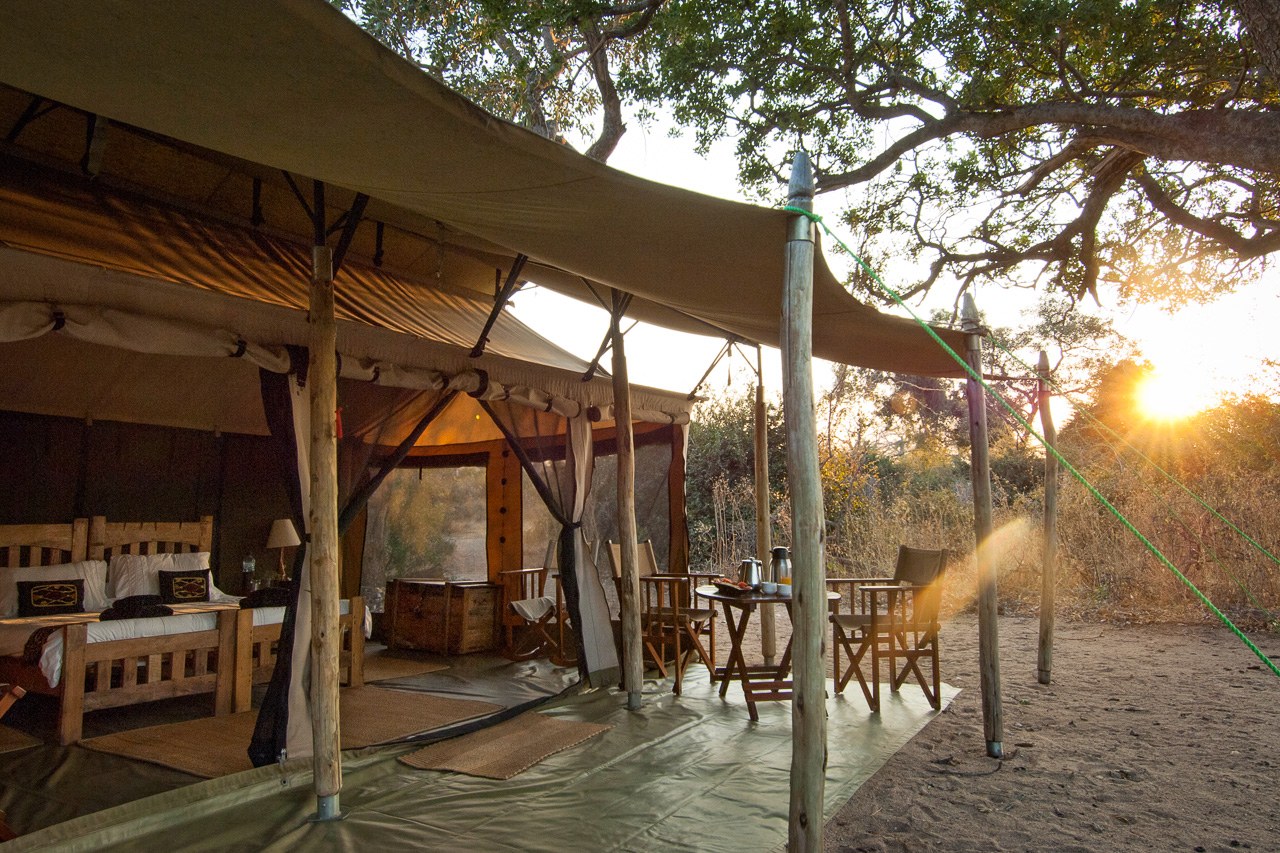
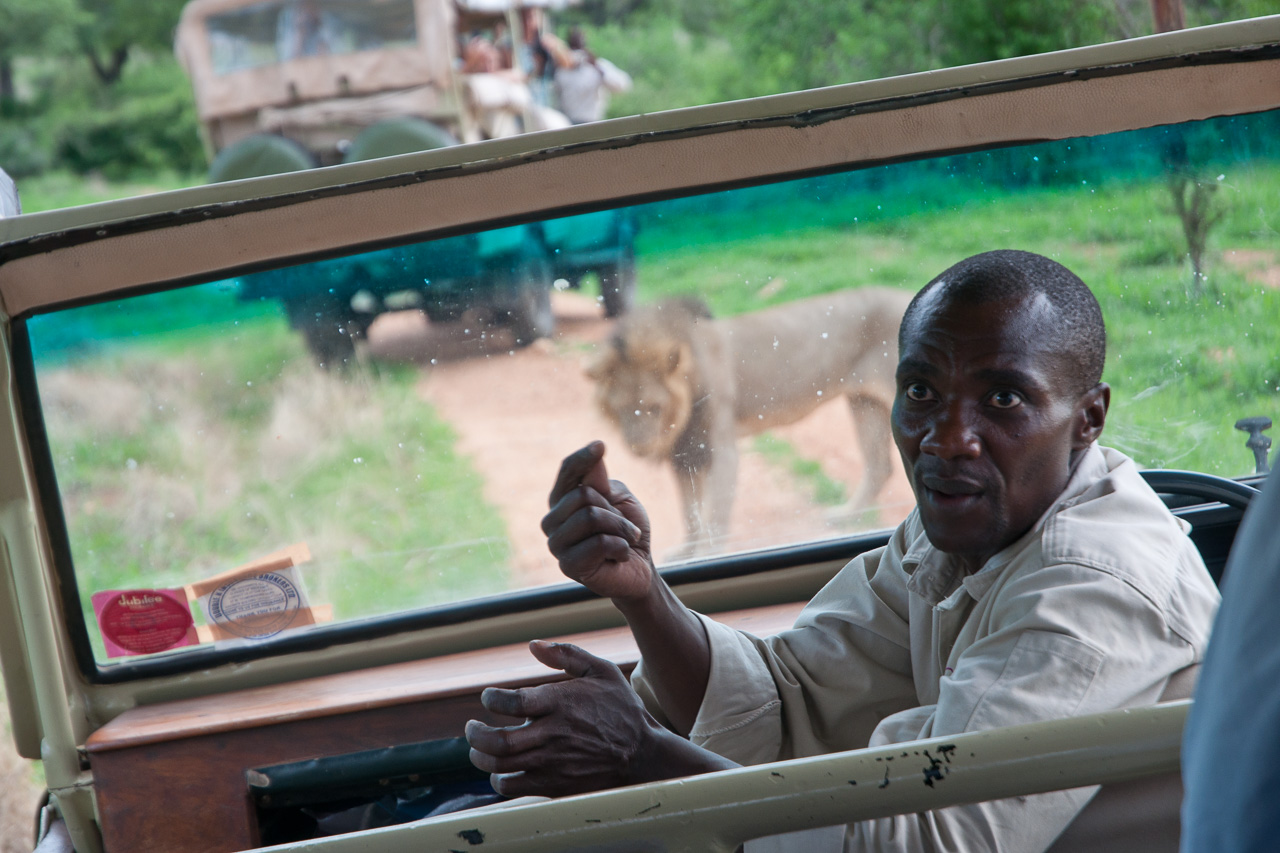
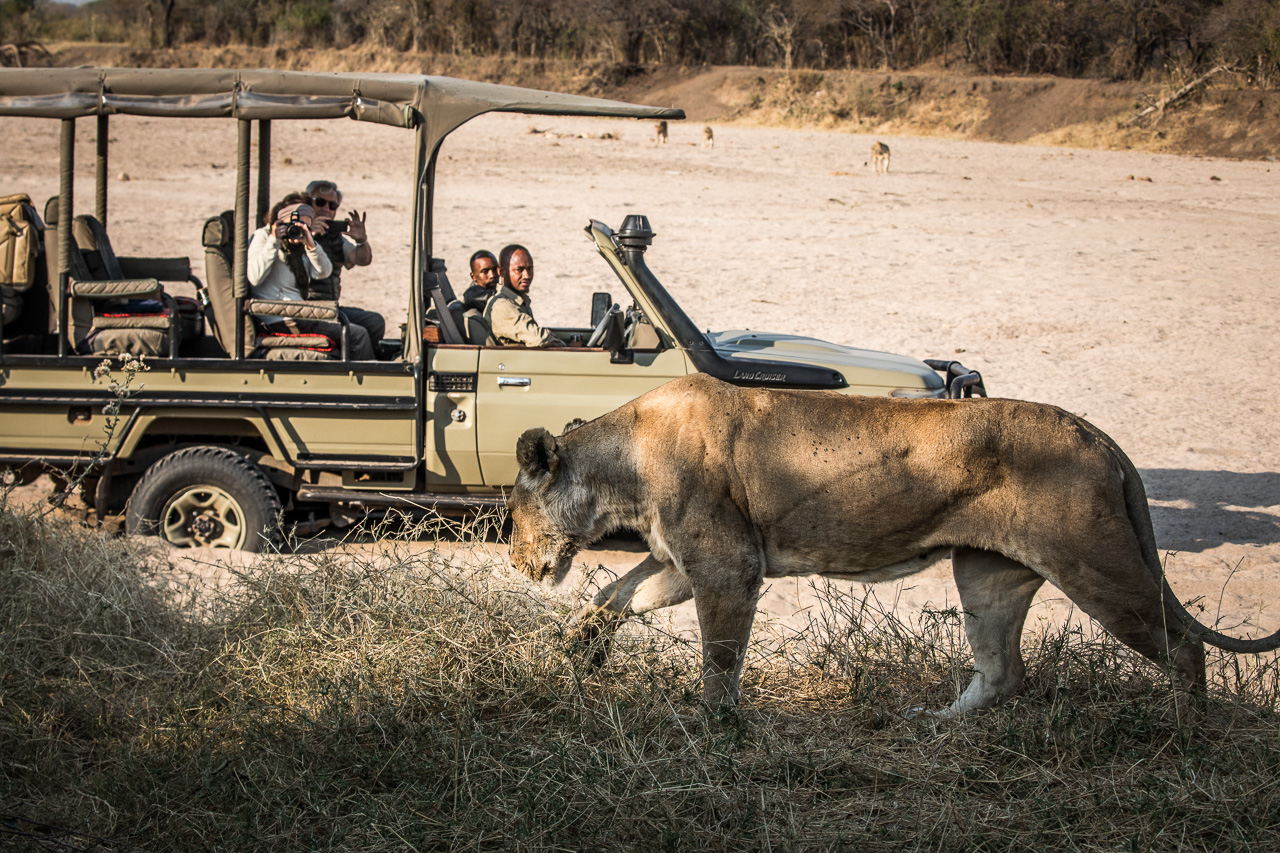
Accommodation Kigelia Camp is named after the many sausage trees (Kigelia Africana) that are found in and around the camp. The six rooms are located hight on the banks of the seasonal Ifuguru Sand River, a tributary of the Ruaha River. The rooms are quite large and provide space for a massive bed, en-suite bathroom with flush toilet and outdoor safari style bucket shower under the stars. There is no running water but hot and cold water is provided when requested.
The park is accessed via air from Arusha or Dar Es Salaam and can be seamlessly combined with a visit to Nyerere National Park. The flight to Nyerere National Park takes approx. 1 hr 30 mins; the flight to Dar Es Salaam or Arusha, including all stops en-route, takes approx. 2.5 hrs.
The drive from Msembe Airstrip to camp takes approximately 60 minutes. Kigelia Camp is situated on the banks of the Ifuguru Sand River in the eastern part of Ruaha National Park.
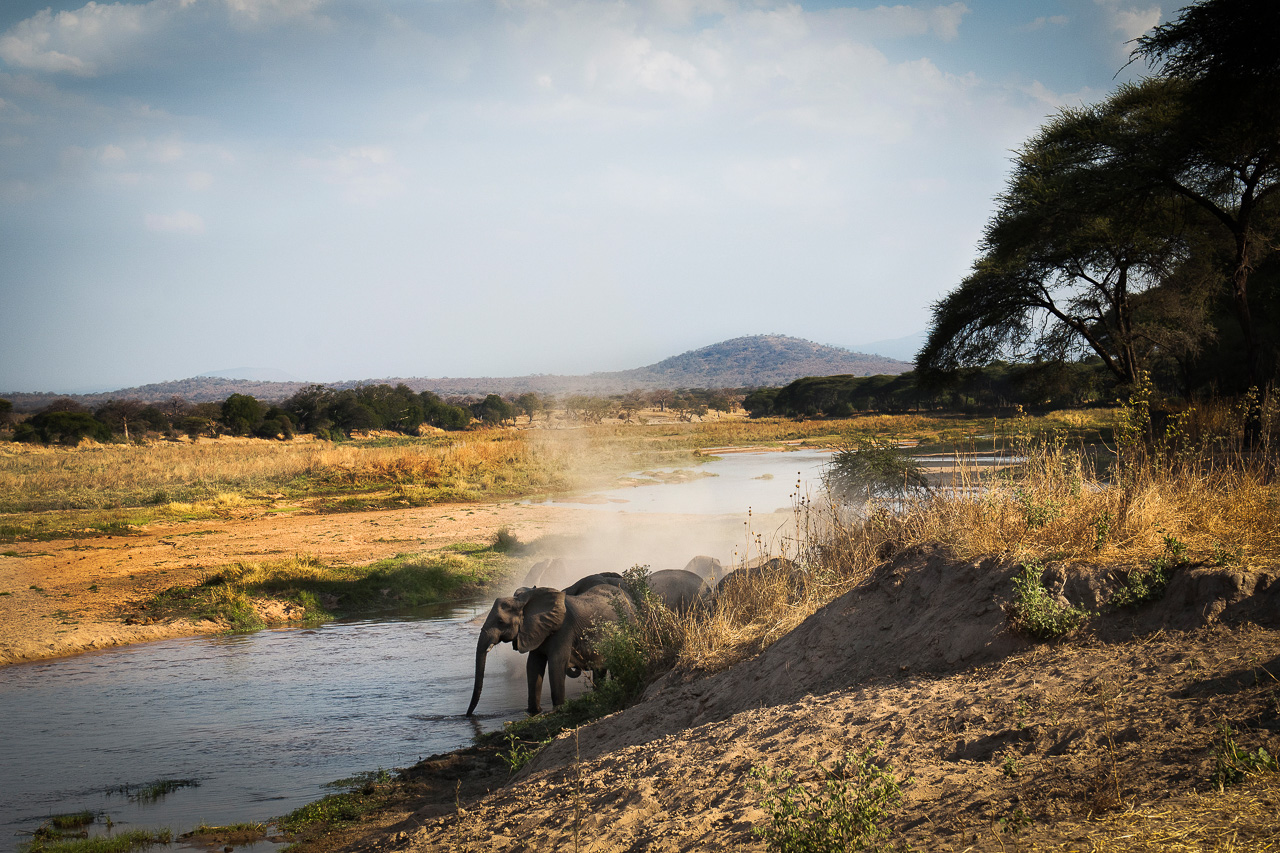
The park expanded in 2008 to include the Usanga Wetlands, and in addition to its 40% miombo forest, also boasts open savannahs, beautiful baobab, acacia and palm forests, as well as several springs, marshes and seasonal flood plains. The park borders on the Mzumbe River to the north and the Great Ruaha River to the south. The Usungu Game Reserve and three further reserves surround the park almost entirely.
Most of the camps are situated at a height of between 800 – 1000 m above sea level, the highest point in the park, however, is a respectable 1868 m. A 50 – 100 m high escarpment is a reminder that the Ruaha National Park is part of the Great Rift Valley. Most camps offer game drives in open 4x4 vehicles and bush walking.
The good camps are located in the park itself, most of them in the eastern part where there is more open flatland and game viewing is usually easier. The western part of the park is heavily forested and home to the tsetse fly, which can sometimes be a problem, but it is quieter here because the main entrance and the rangers’ headquarters are situated in the eastern part.
Ruaha is easy to combine with a visit to the Nyerere National Park, which is a one hours’ flight away; Dar es Salaam is a two hours’ flight away. Guests can fly the big loop from Ruaha and visit Katavi as their next stop. Best time to travel is from June to October.


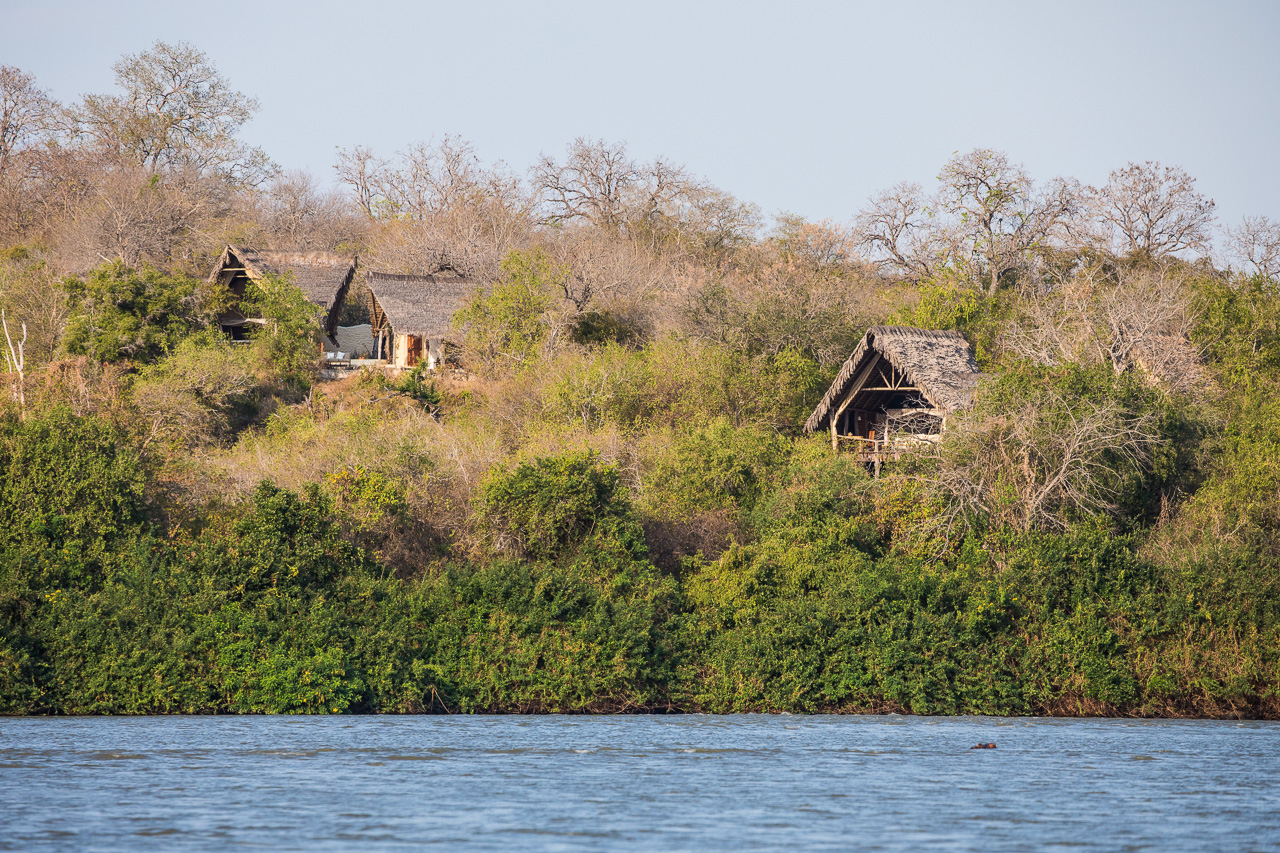
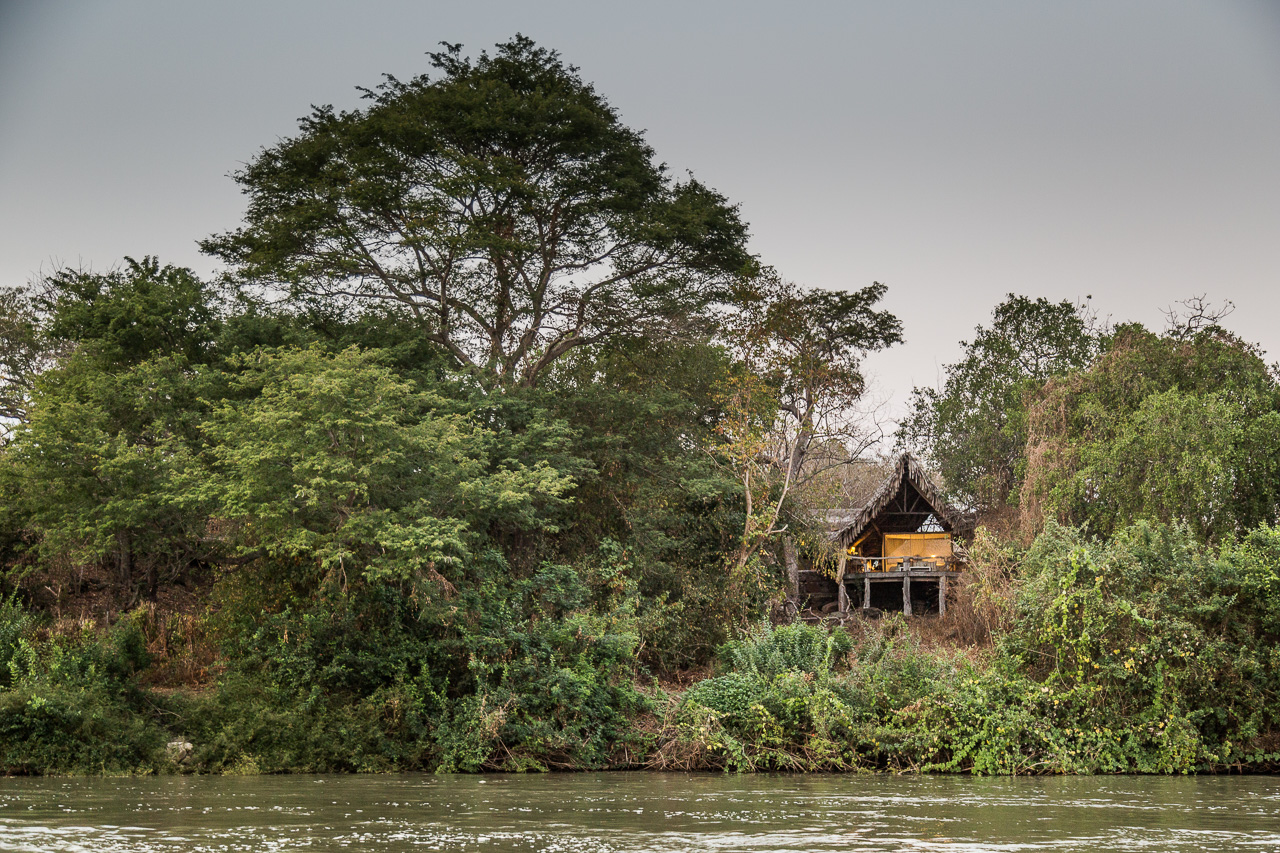
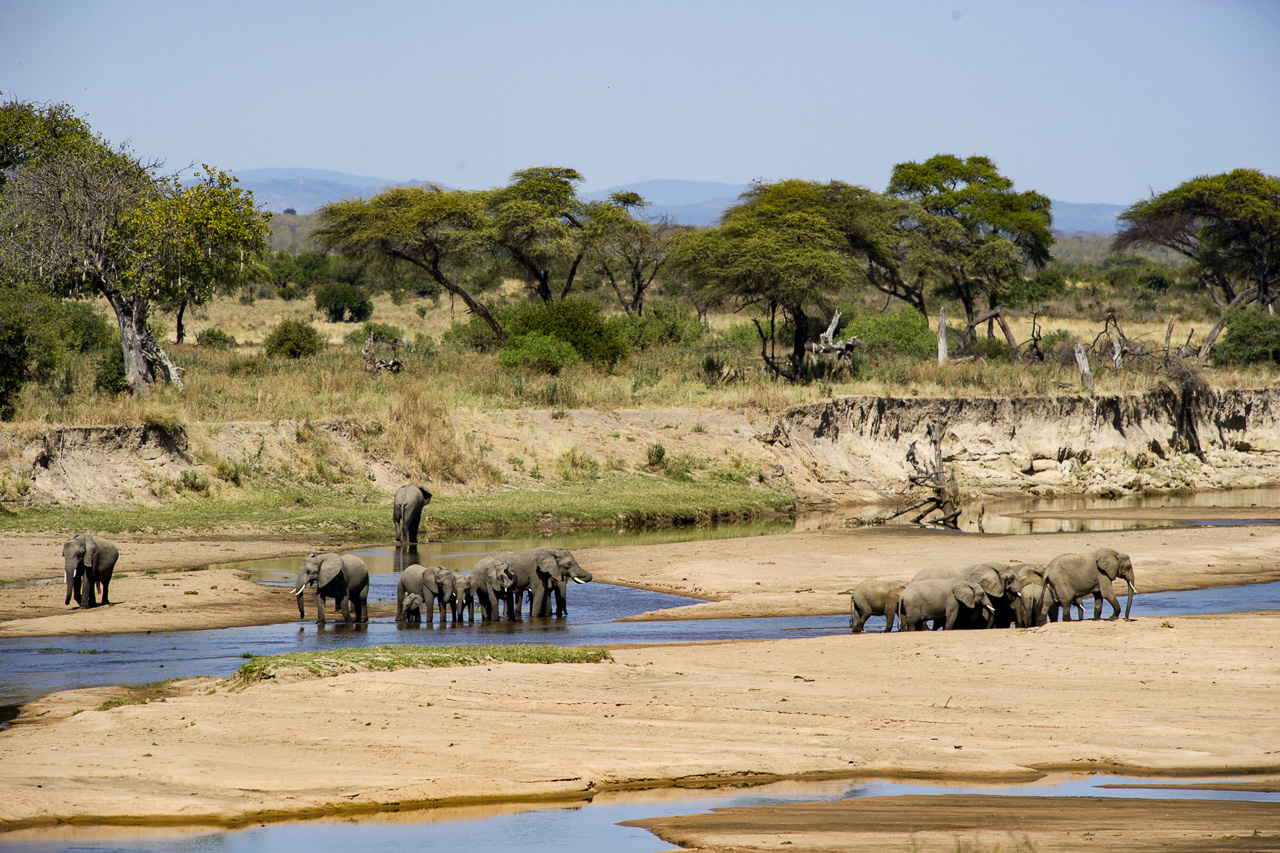
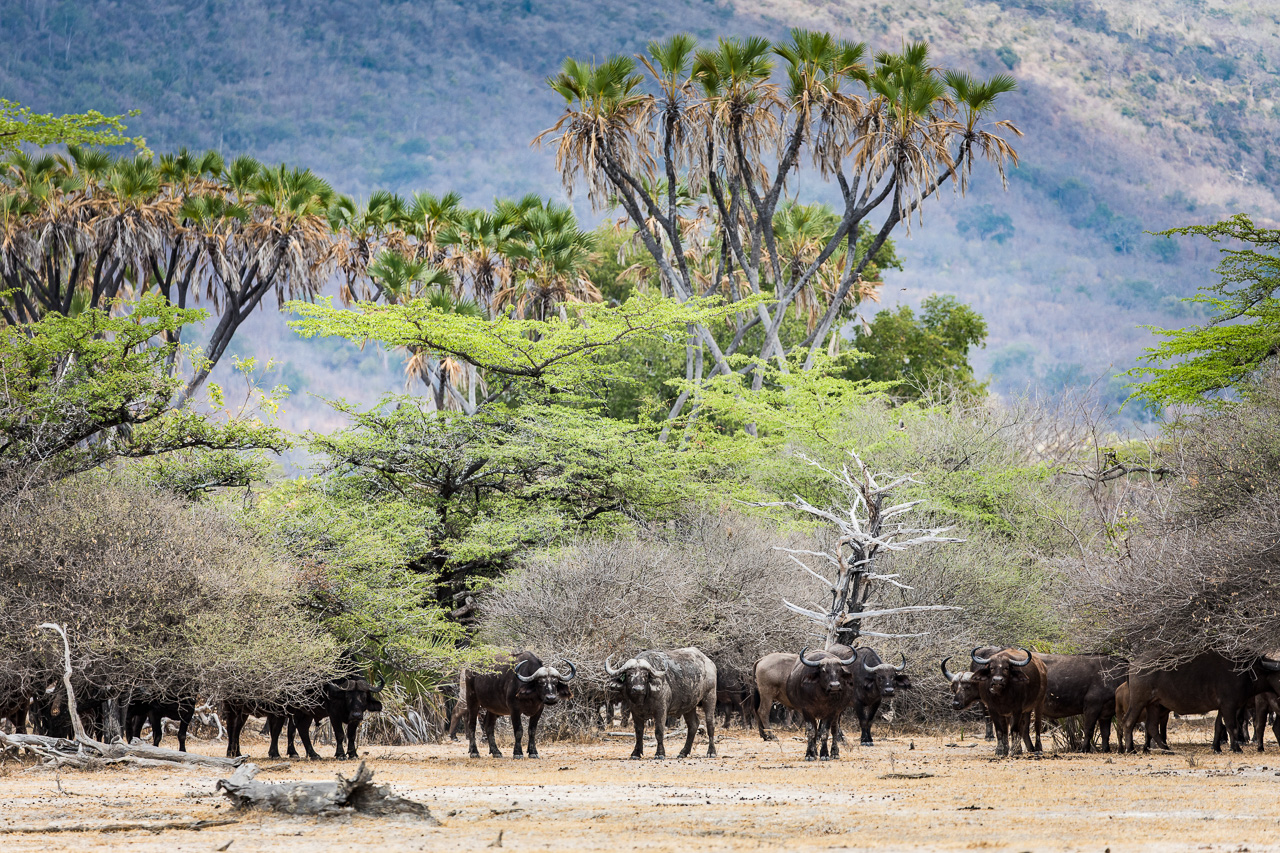
Accommodation Visitors to Sand Rivers are truly spoiled in the lodge's spacious stone and thatch cottages. Situated on the riverbank slope and built atop stilts, these cottages offer spectacular views of the incredible Rufiji River landscape. There are five standard, en-suite riverside cottages and three hillside suites, each equipped with a large bed, ceiling fan, extra lounge and private plunge pool. The rooms have whitewashed natural stonewalls and the open front offers uninterrupted views of the river and the animals that pass by.
The main building houses a restaurant, lounge/bar and large pool. Various decks look out over the lake and enable guests to watch the hippos often found wallowing right in front of them. Breakfast is a highlight at Sand Rivers and is usually a time when visitors slowly awake with the intake of freshly made coffee and realise just how beautiful the world can be.
Kiba Point is a chic and intimate little camp that can be booked privately by a family or group of friends (min. four adults, max. eight adults plus two children). Kiba point is situated just five minutes drive downstream from Sand Rivers. Its four stone and thatch cottages are situated on the very edge of the river and come equipped with a plunge pool and large veranda. The rooms are open-plan and airy, stylishly furnished, comfortable and of a quality similar to the suites at Sand Rivers. A further pool for those hot, lazy days can be found at the main building, which is also the place for meals and feasts. Kiba Point comes with its own cook and private guides.
-> Have a look at Kiba Point
The park comprises 75% miombo woodland, but most noticeable are the many wonderful palms, particularly the borassus and doum palms, as well as the many candelabra trees (euphorbia candelabrum).
Nyerere National Park is accessed by light aircraft from Dar Es Salaam and can be seamlessly combined with a trip to Ruaha National Park. The flight to Ruaha National Park takes approx. 1 hr 30 minutes; the flight to Dar Es Salaam takes approx. 35 minutes.
Sand Rivers has its own airstrip (Kiba Airstrip). The drive from the airstrip takes approximately 15 minutes. The camp is situated south of Lake Tagalala on the edge of the Rufiji River.
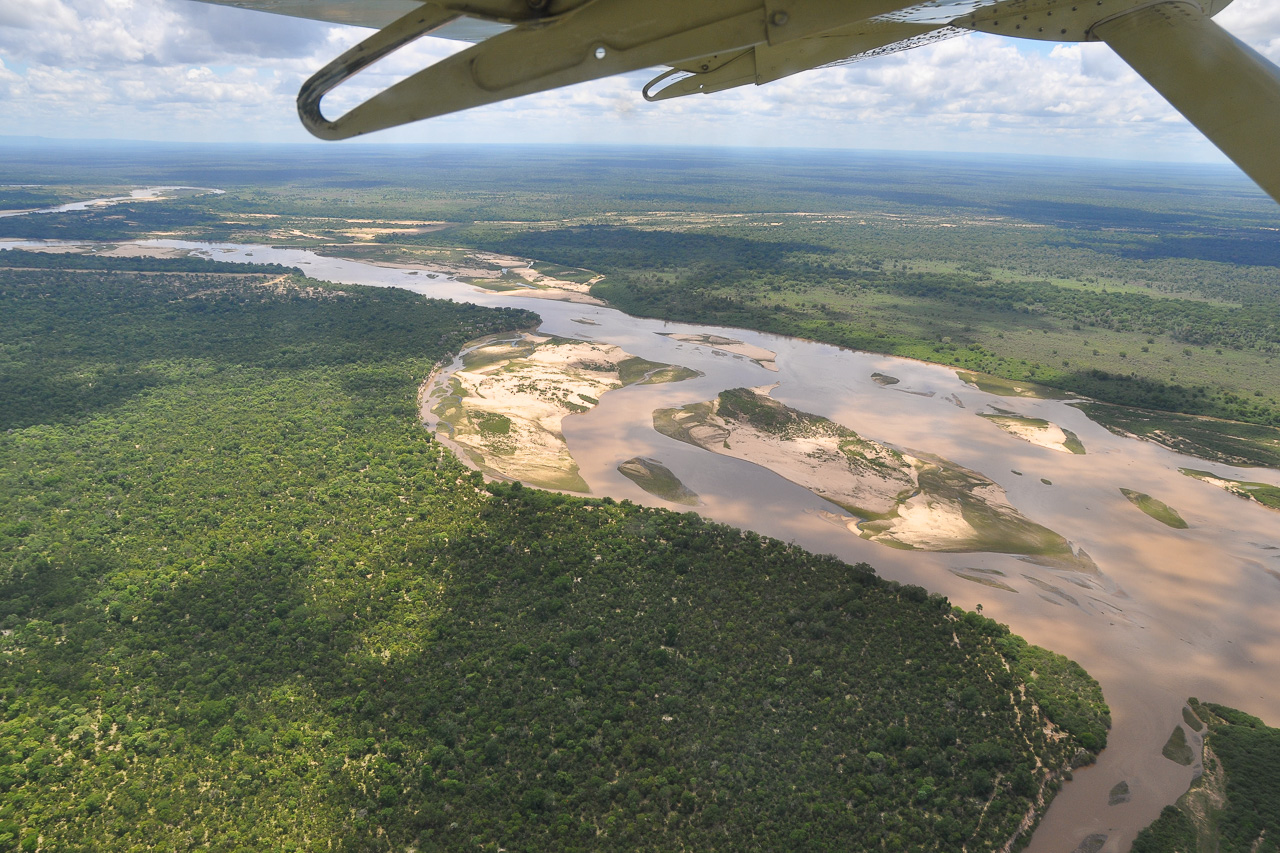
At 600 km long, the Rufiji River is the longest river in East Africa and source of the park’s lifeblood. The branched river system includes five large lagoons, which are (from west to east) Lake Tagalala, Lake Manze, Lake Nzerakera, Lake Siwandu and Lake Mzizimia.
The park comprises 75% mixed miombo forest, but also supports a striking number of beautiful palms, including the borassus and doum palms, and many candelabra trees (Euphorbia candelabrum). The Rufiji River is the park’s lifeblood: the river system, the marshes, canals and lagoons attract all kinds of animals, including crocodile, hippo, buffalo, elephant, lion and antelope. Hyena, leopard and wild dog can also be seen here.
The park has its former name from the British big game hunter Frederick Courtney Selous, who was killed on the banks of the Beho Beho River on January 4, 1917 during a skirmish with German troops under General Paul von Lettow-Vorbeck. It is possible to visit his grave, which is located close to the Beho Beho Camp.
The new name was chosen in honor of Tanzania's founder and first president, Mwalimu Julius Kambarage Nyerere. Nyerere led the nation through independence and remained president of the young republic until 1985. He is revered as the father of the nation.
The park is home to several beautiful lodges, where in addition to game drives, guests can also enjoy boat trips and bush walking. Boat trips take place on the lakes or canals, or as at Sands Rivers Camp, on the main river itself. Distances within the park are immense and the roads very bumpy, but the scenery is stunning. The park is situated some 500 m above sea level and gets very hot between November and February. During this time of the year occasionals rain storms will occur, mostly in the afternoons. Best time of travel is from June to October.
Nyerere National Park is easy to combine with a trip to Ruaha National Park, which is a one hours’ flight away – as is Dar es Salaam.

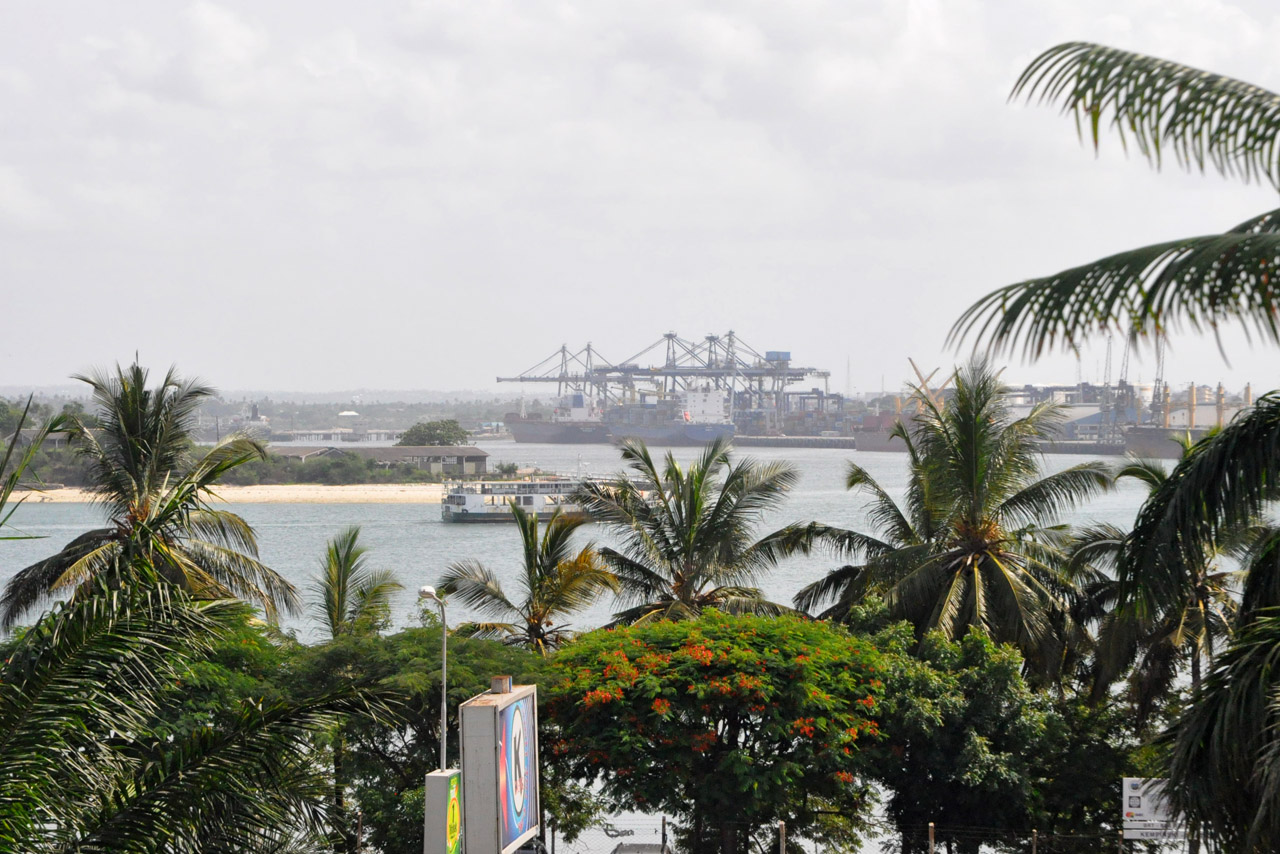
Basic Information
Individual trip with private guide and private 4x4 vehicle for Arusha - Tarangire - Manyara - Ngorongoro. Activities in these areas will be conducted on a private basis with your own guide and vehicle.
Duration 15 nights. Min 2 guests. Minimum age 8 years. Weight limit of luggage 20 kg. Luggage in one soft bag only.
Includes all transfers from Arusha to the hotels/camps to Arusha
- Arusha Villa: Standard Room. Breakfast.
- Kuro Tarangire: Standard Room. All meals, drinks (except premier brands), laundry service.
- Gibb's Farm: Standard Room. All meals.
- Lamai Serengeti: Standard Room. All meals, drinks (except premier brands), laundry service, private vehicle / guide provided by the lodge.
- Kigelia Camp: Standard Room. All meals, drinks (except premier brands), laundry service, private vehicle / guide provided by the lodge.
- Sand Rivers: Riverside Cottage. All meals, drinks (except premier brands), laundry service, private vehicle / guide provided by the lodge.
Learn more about these areas













